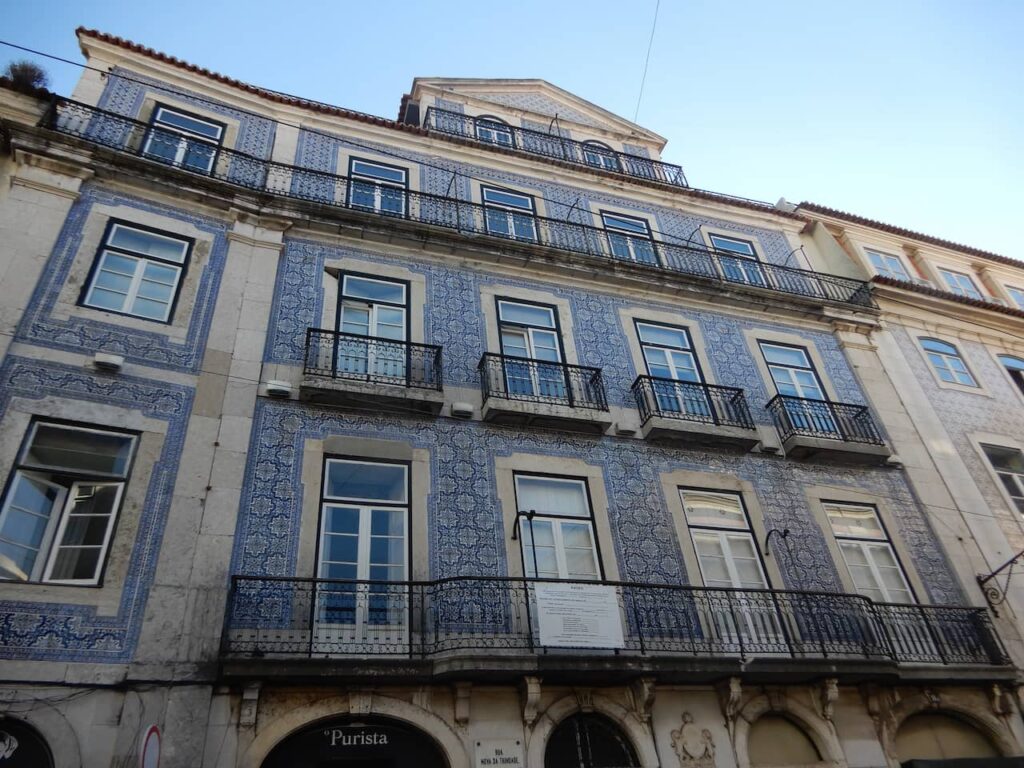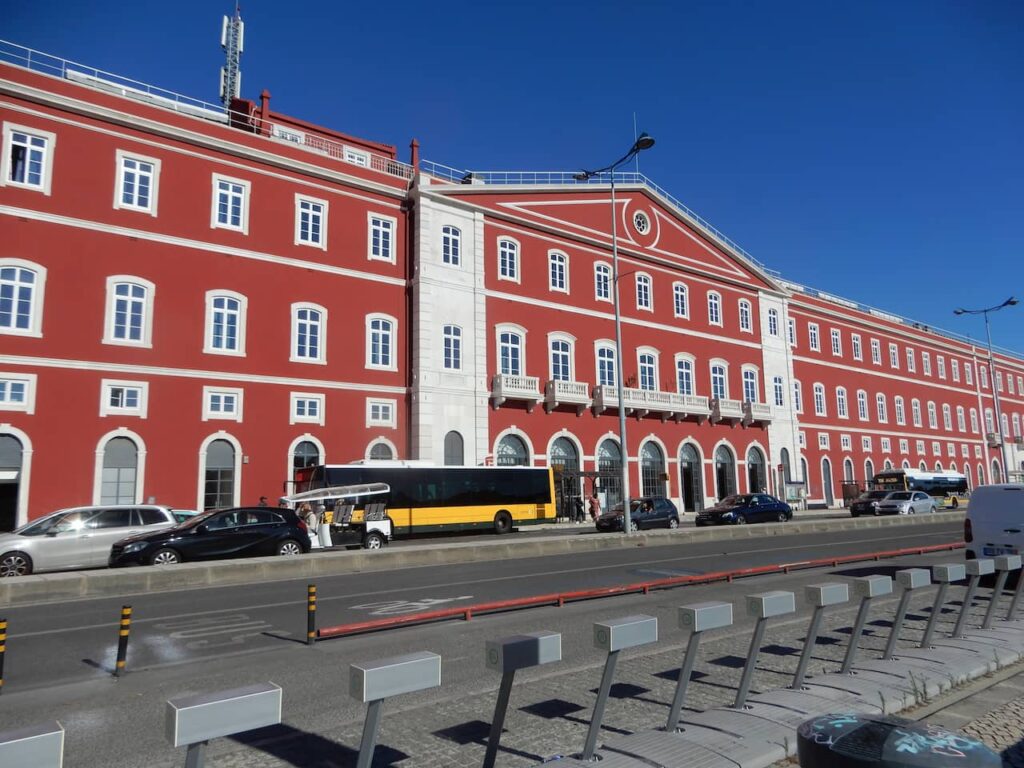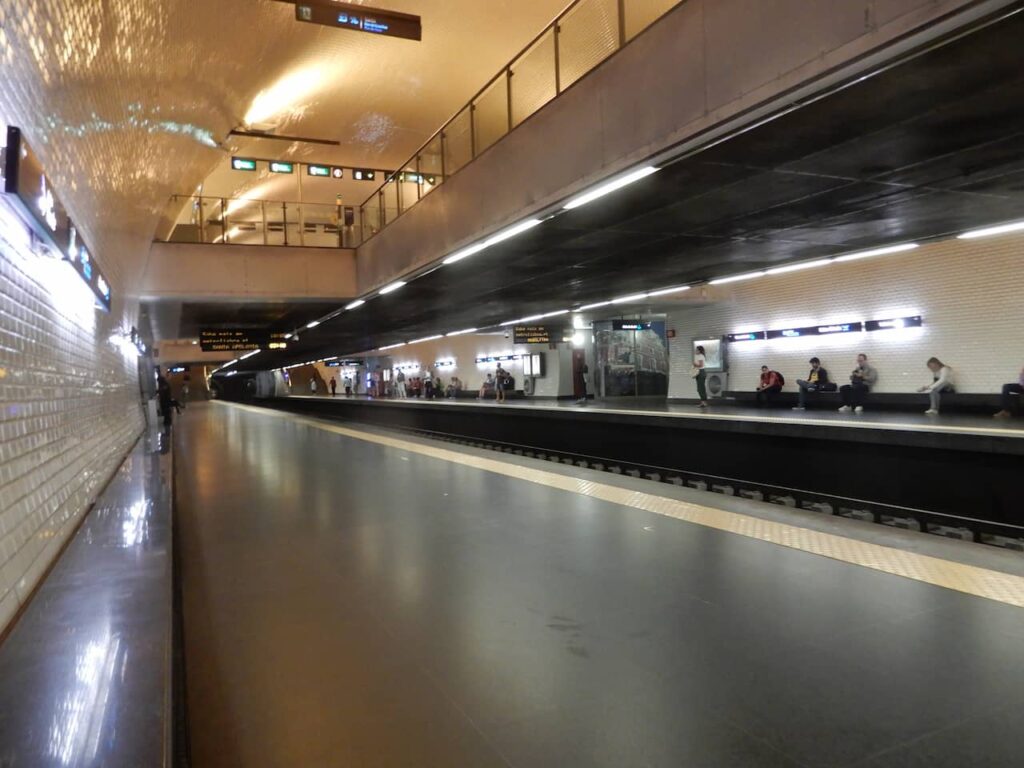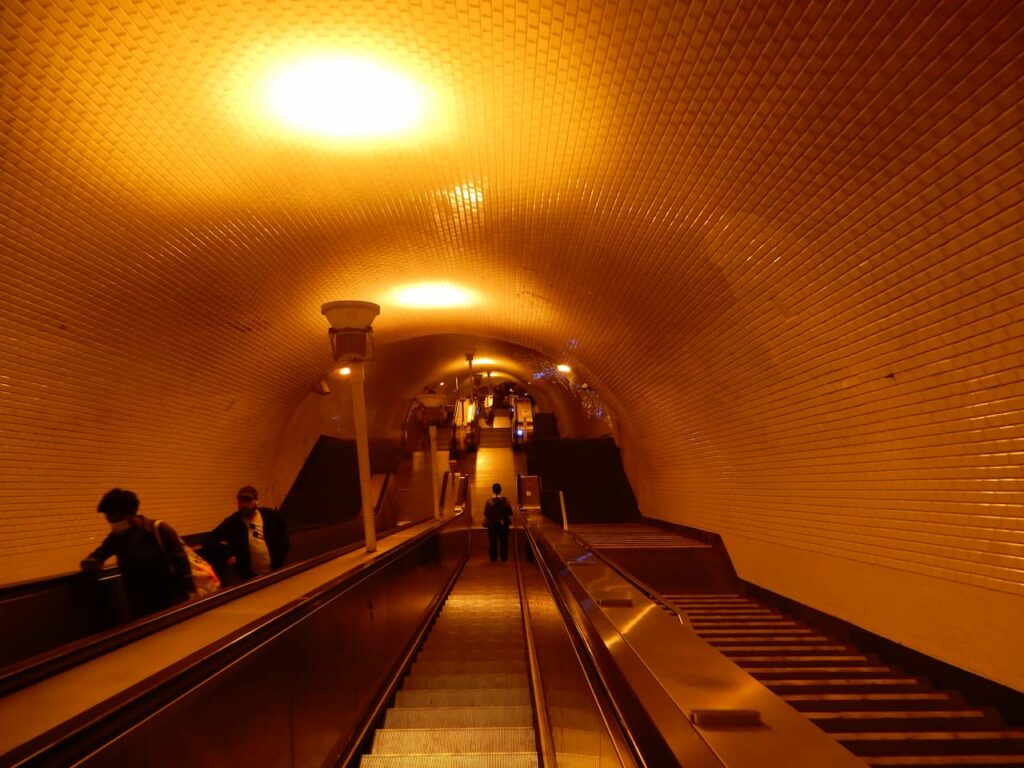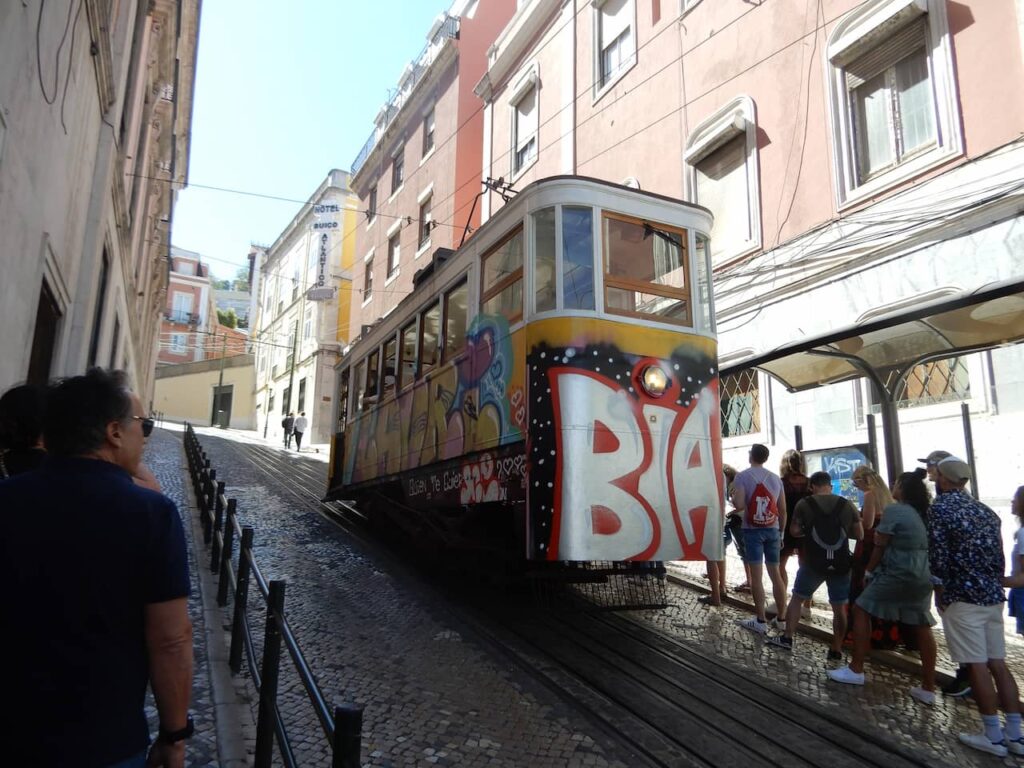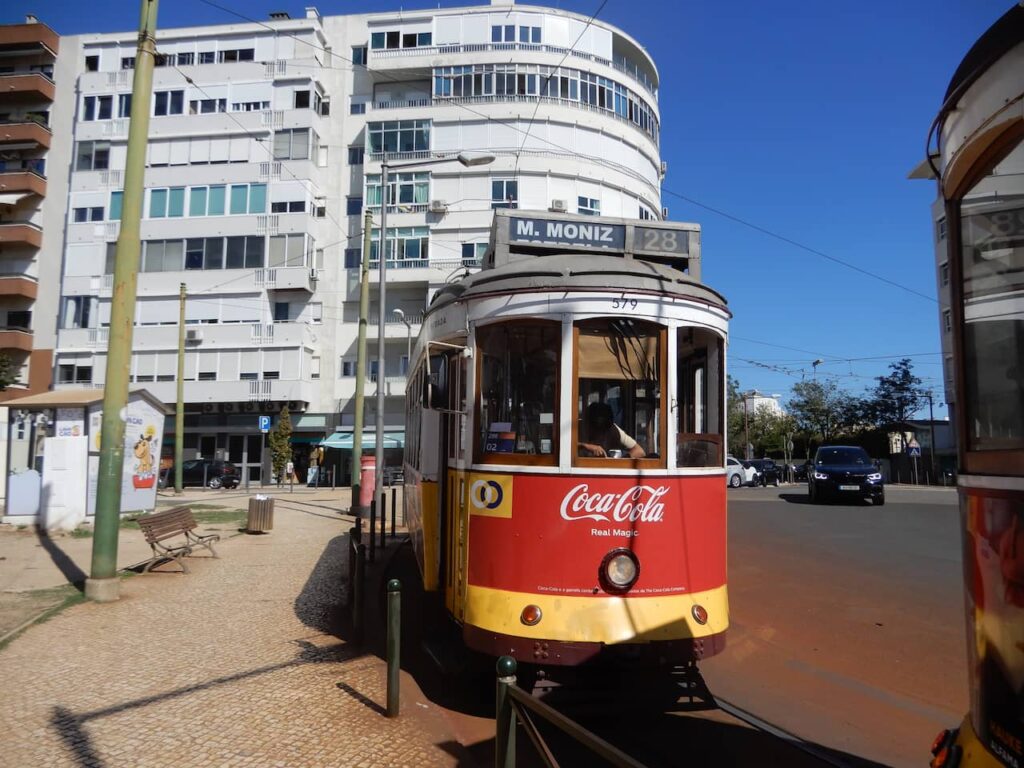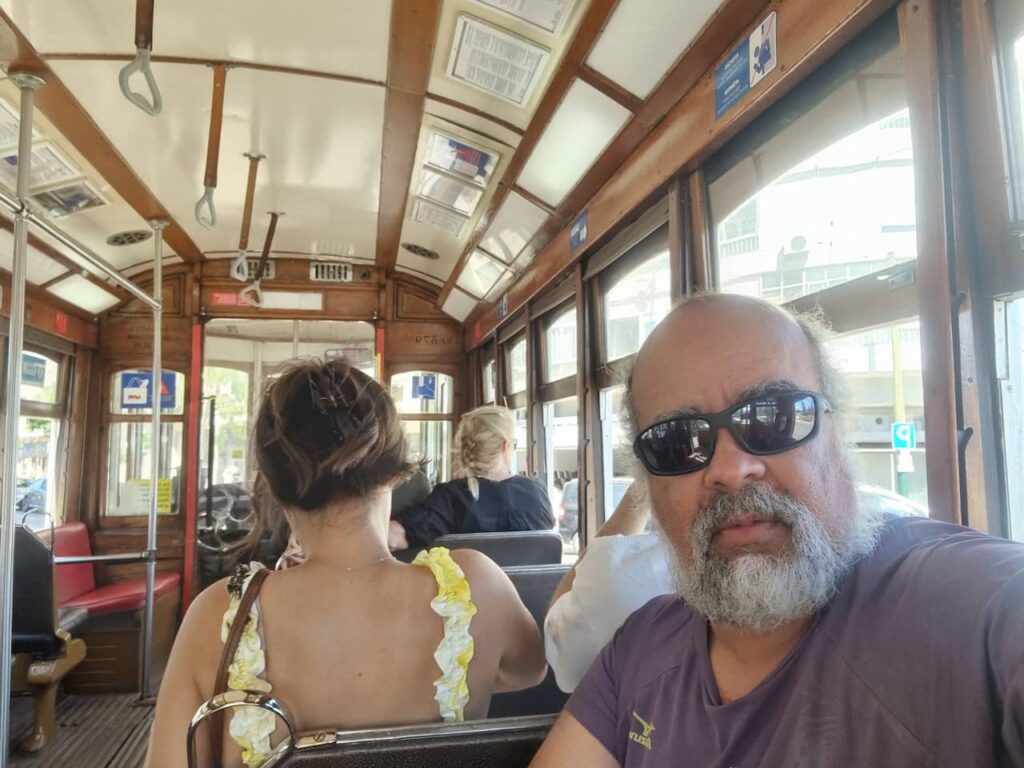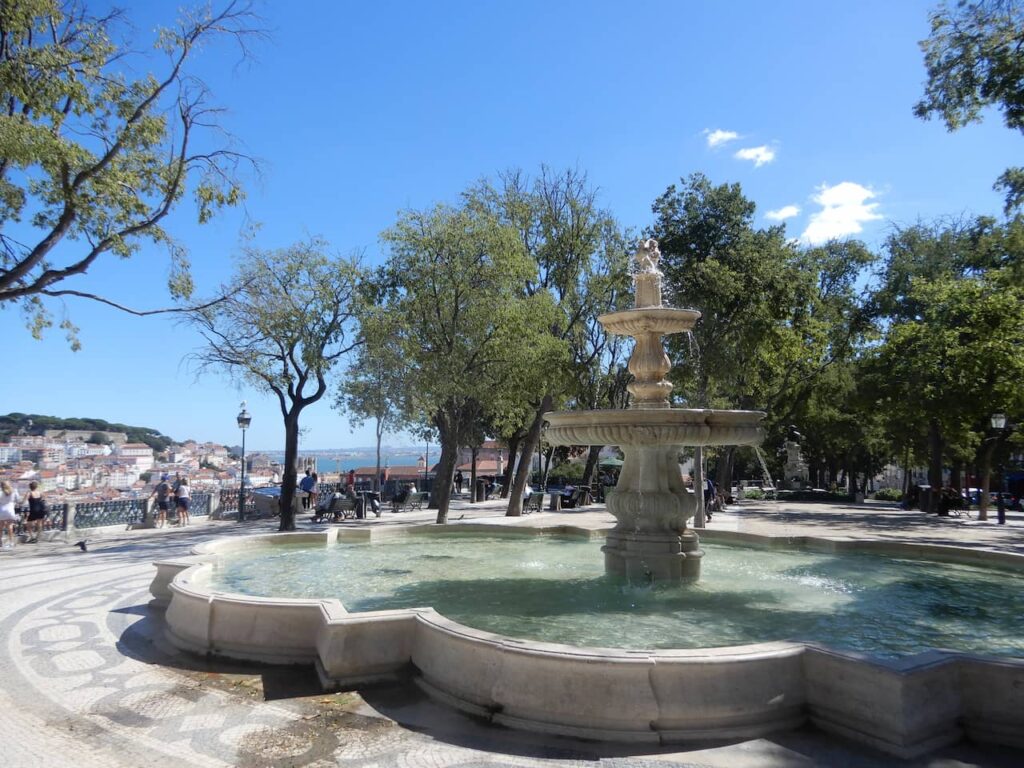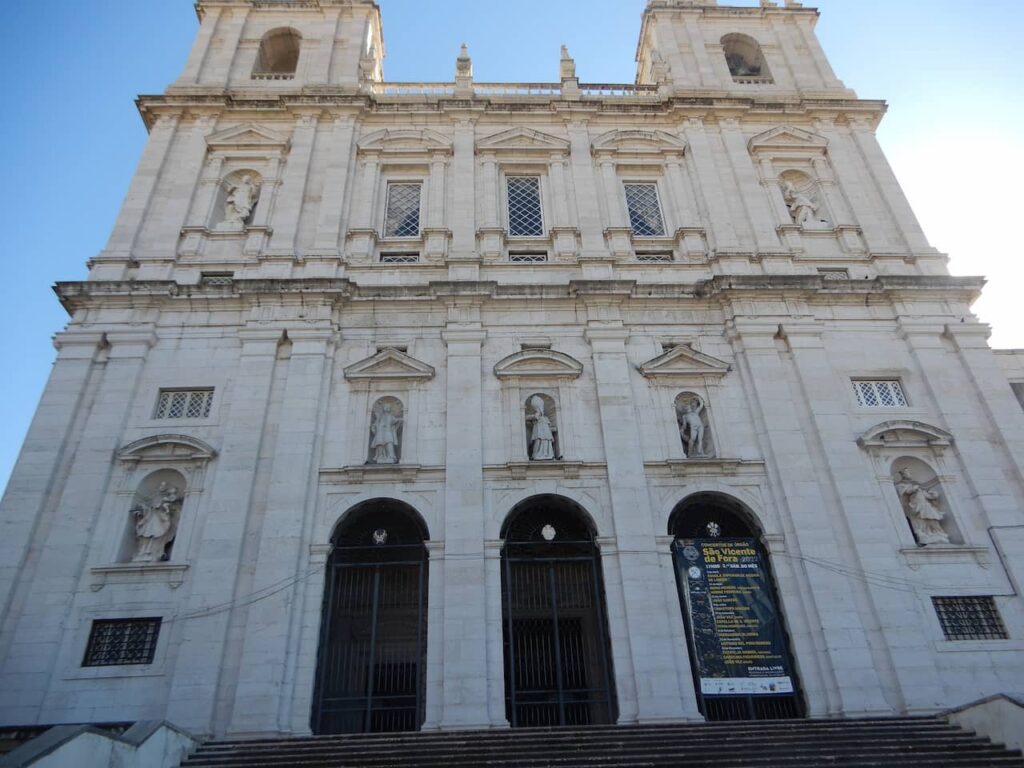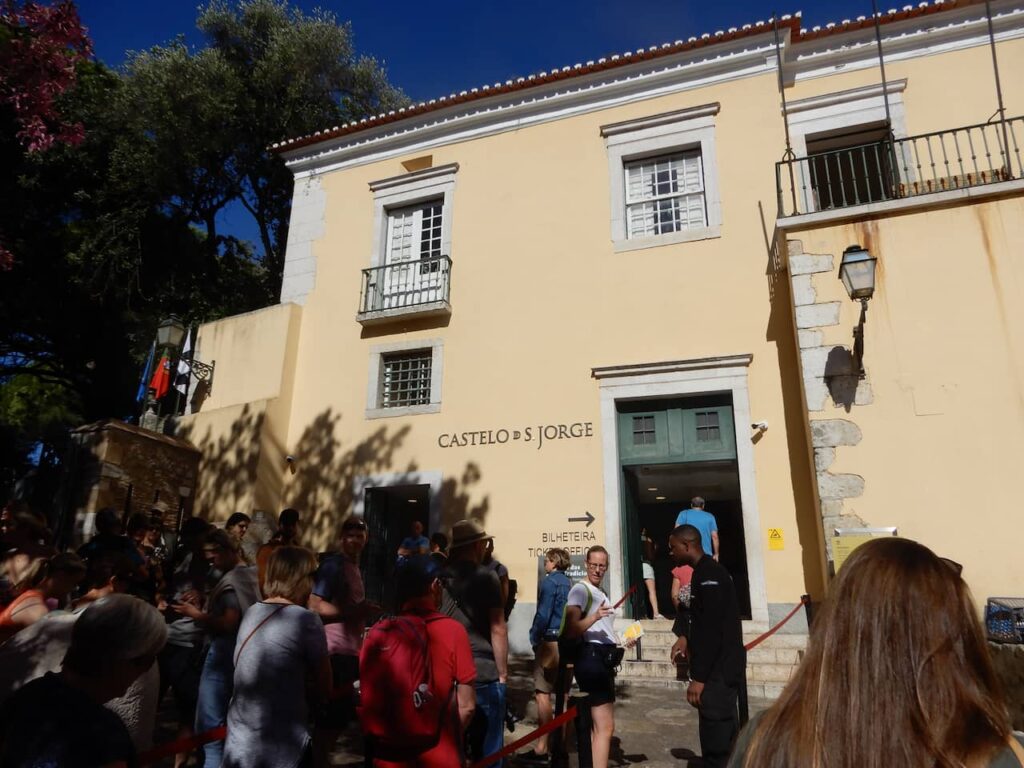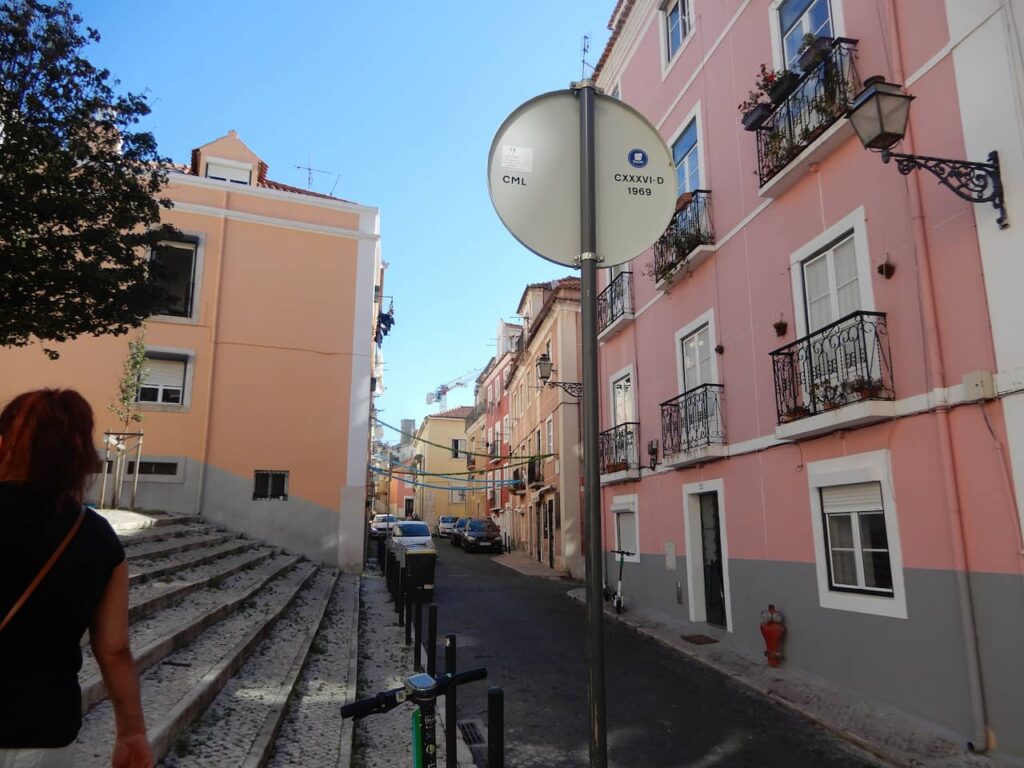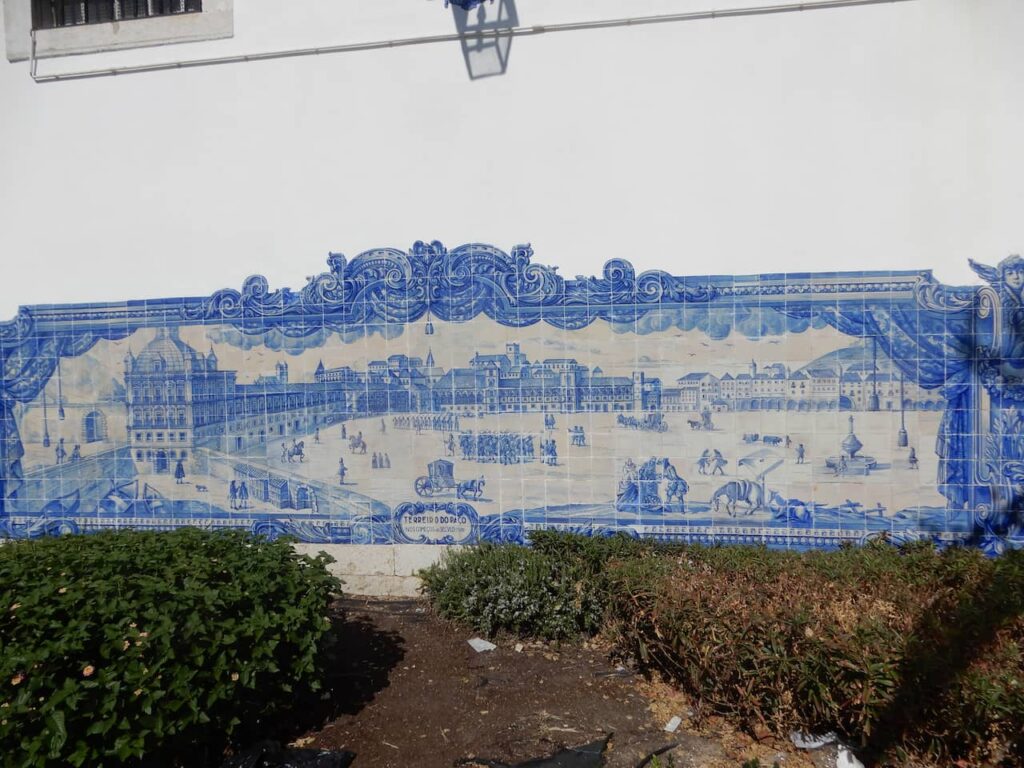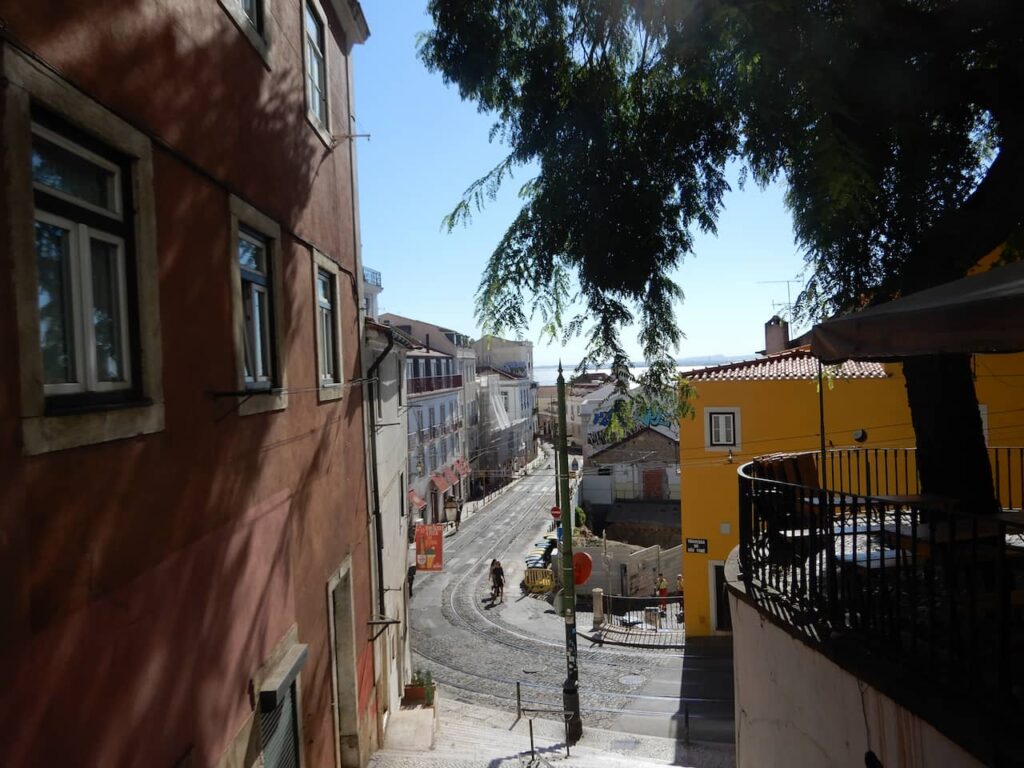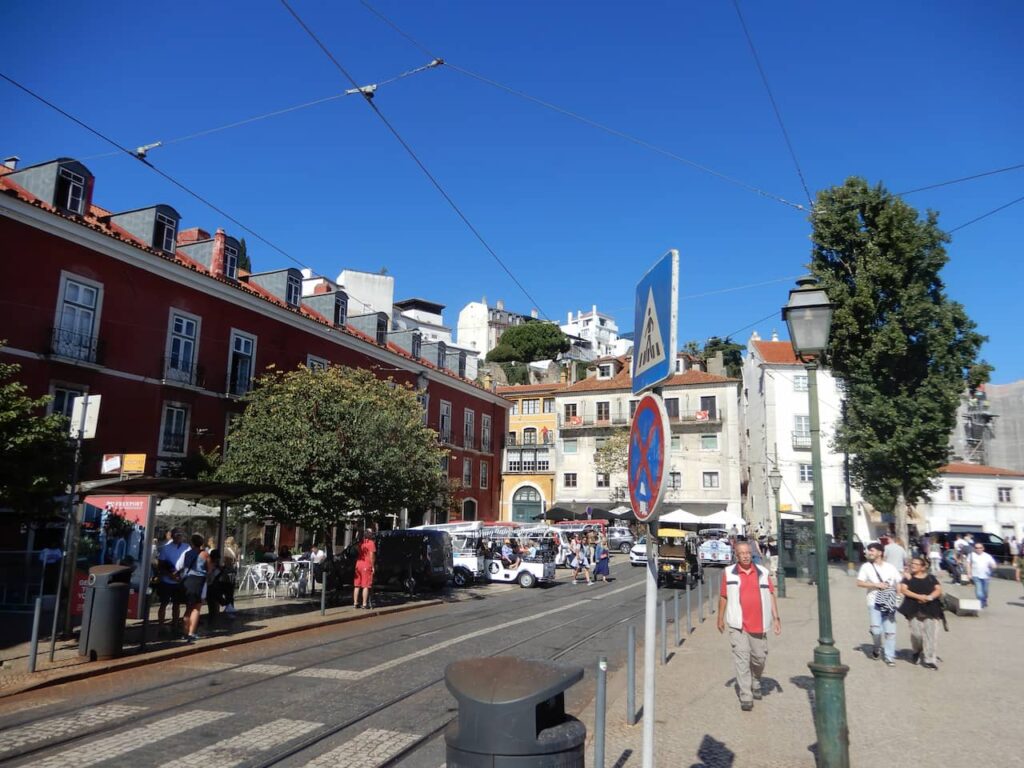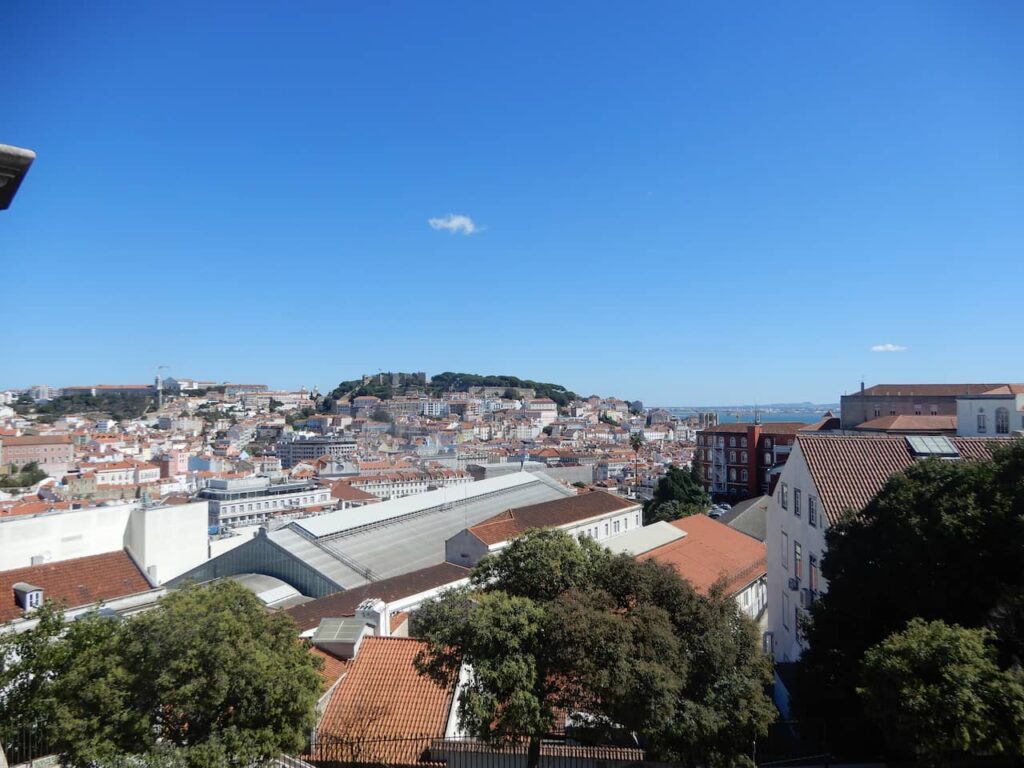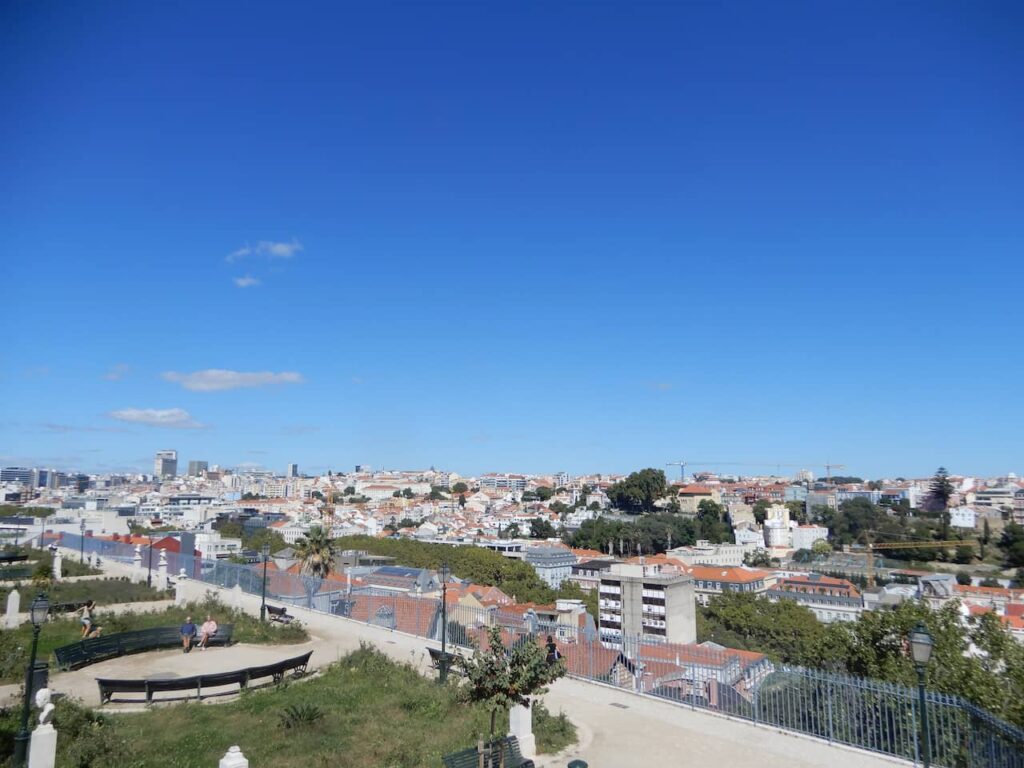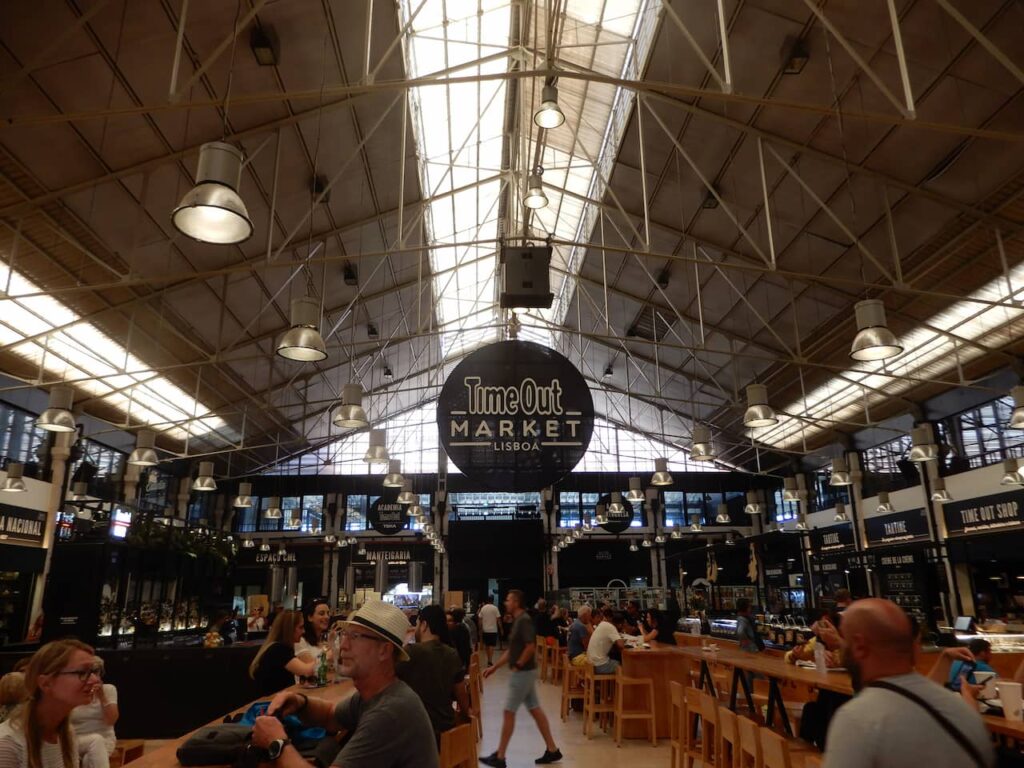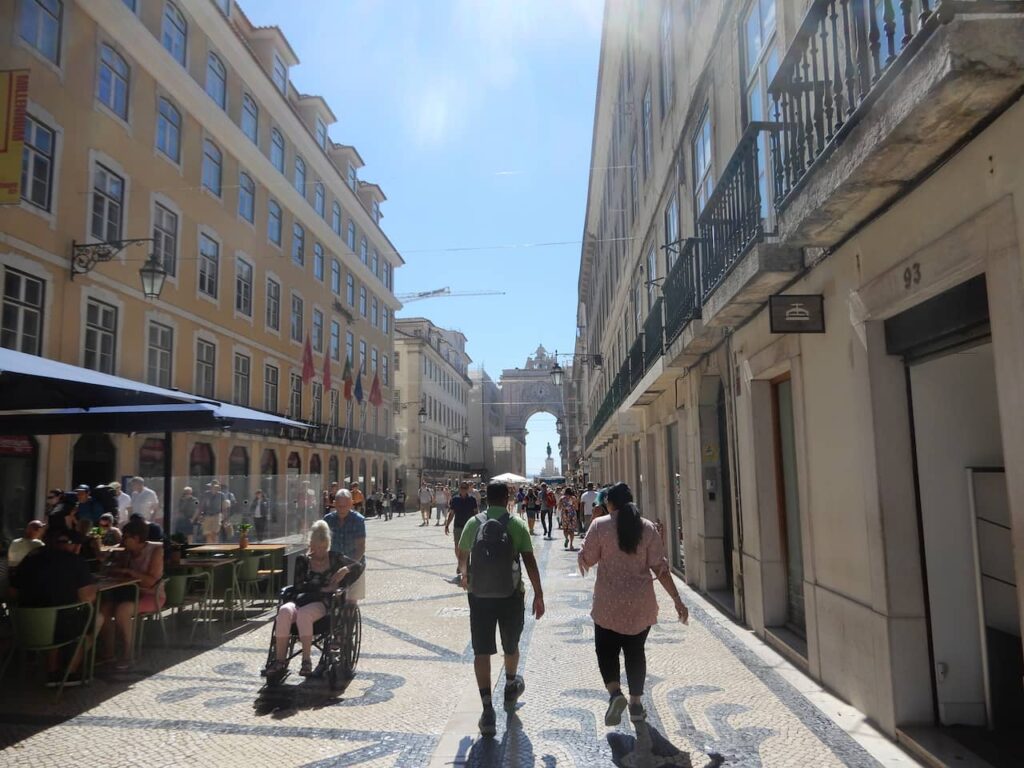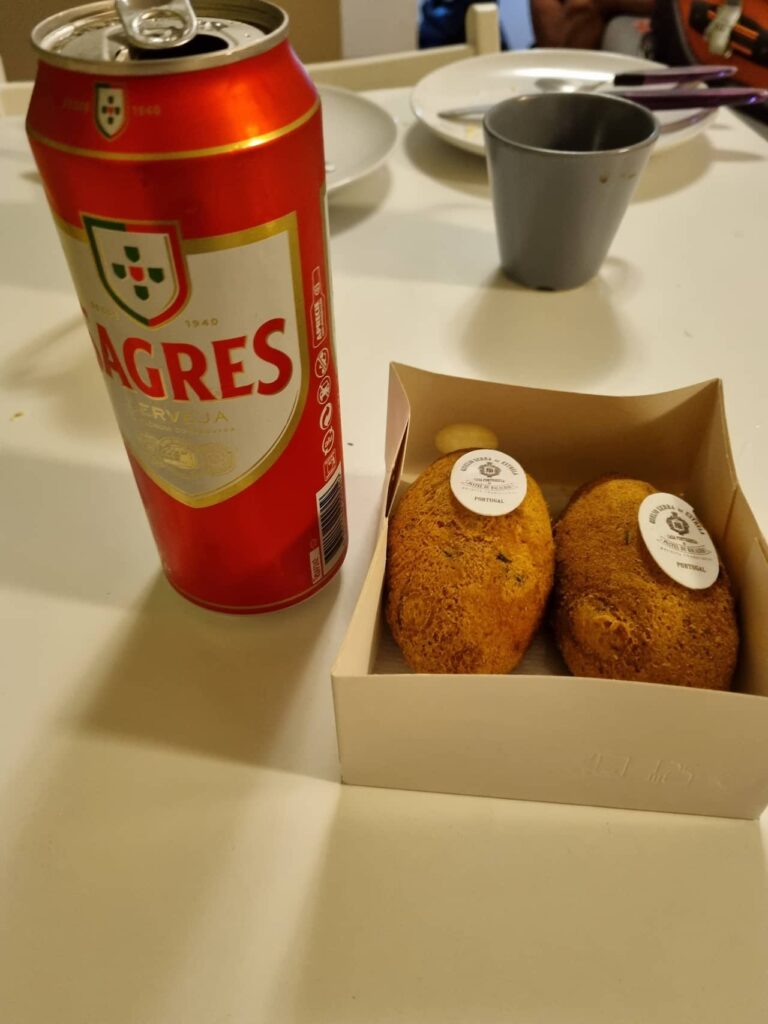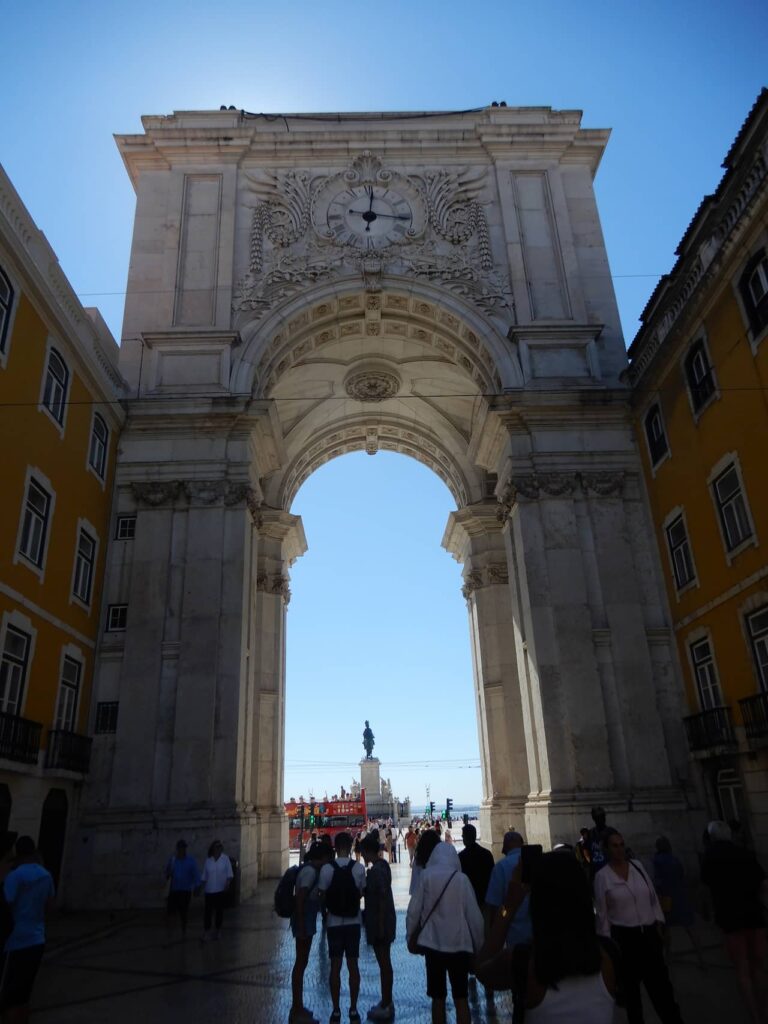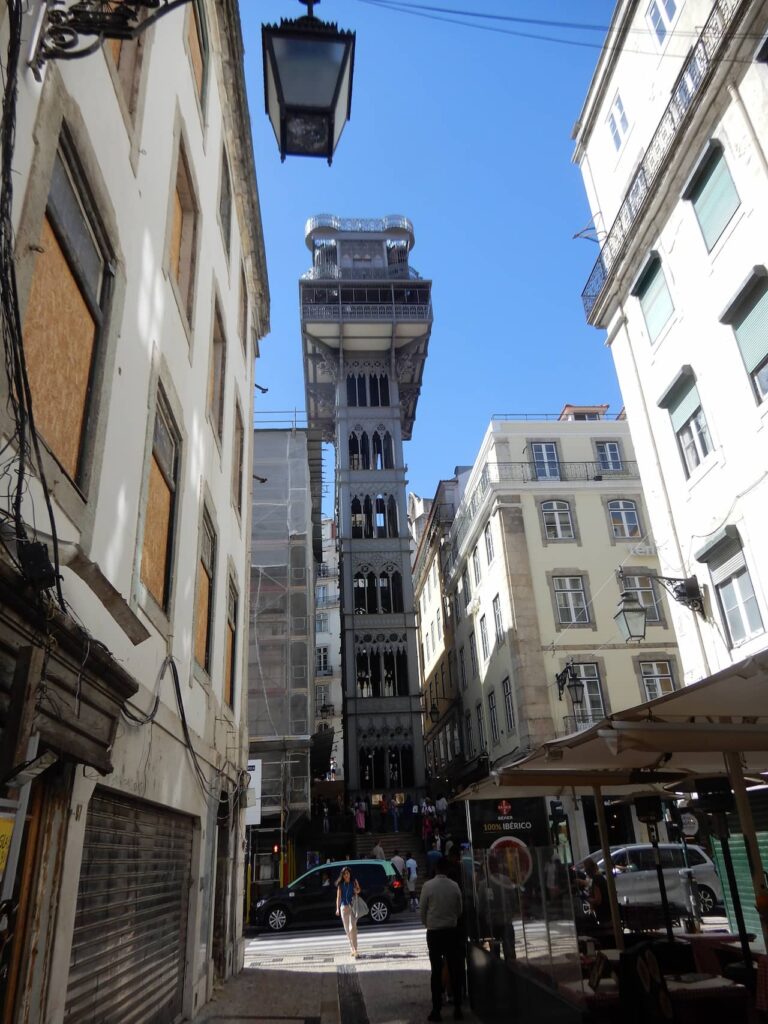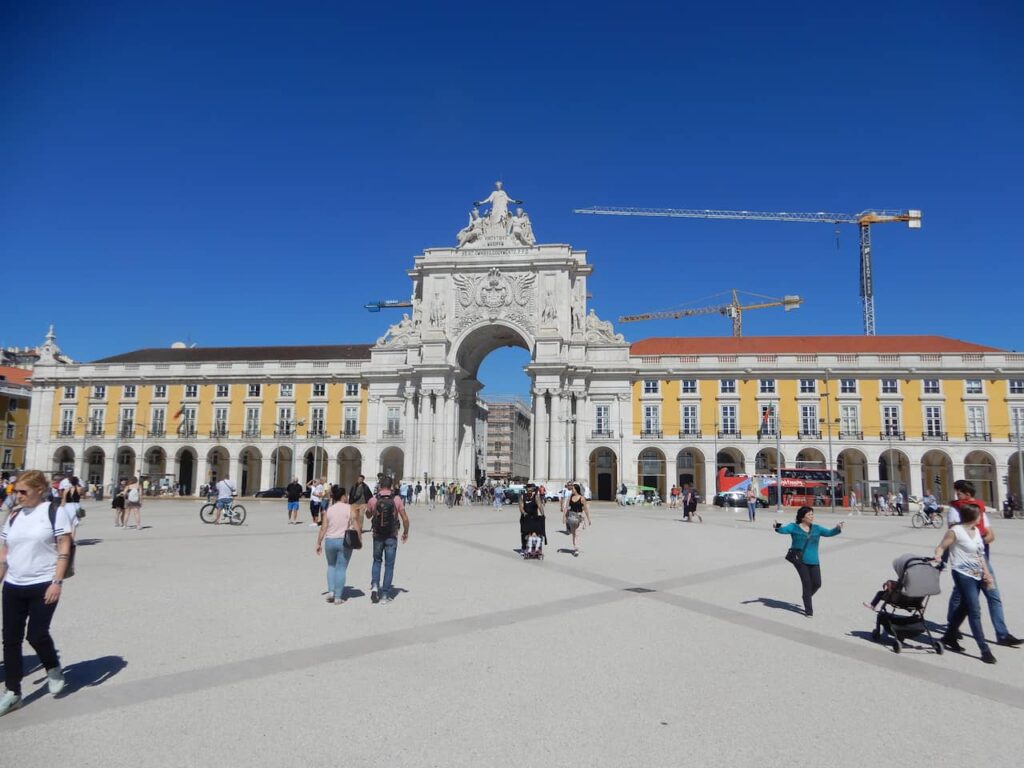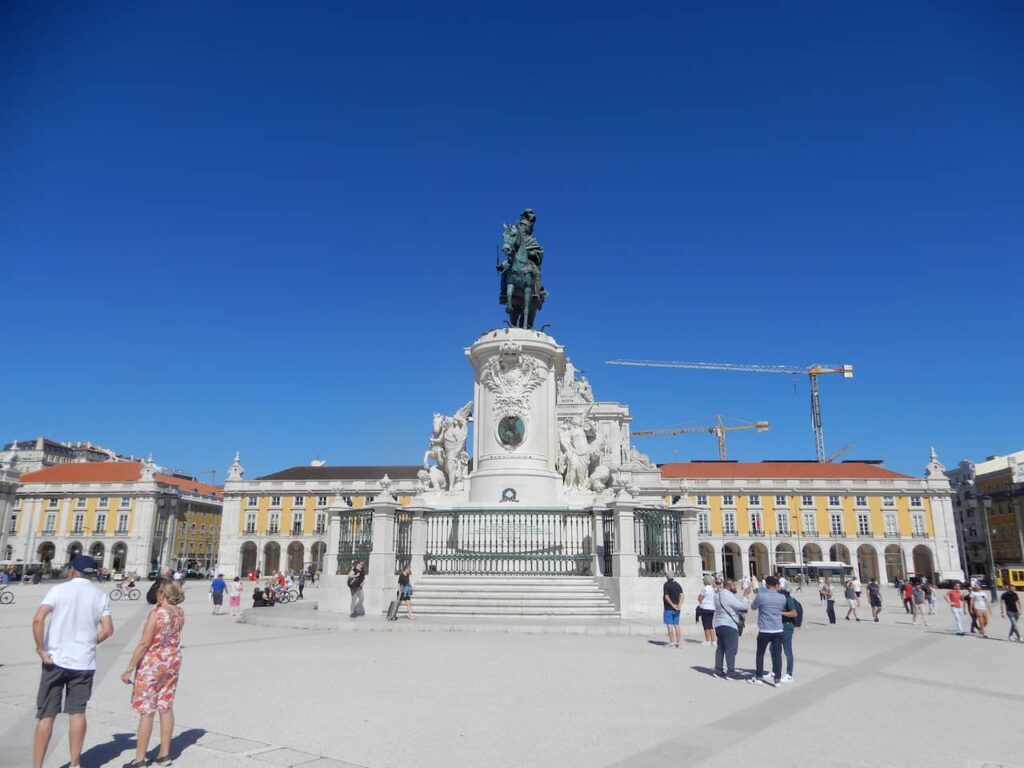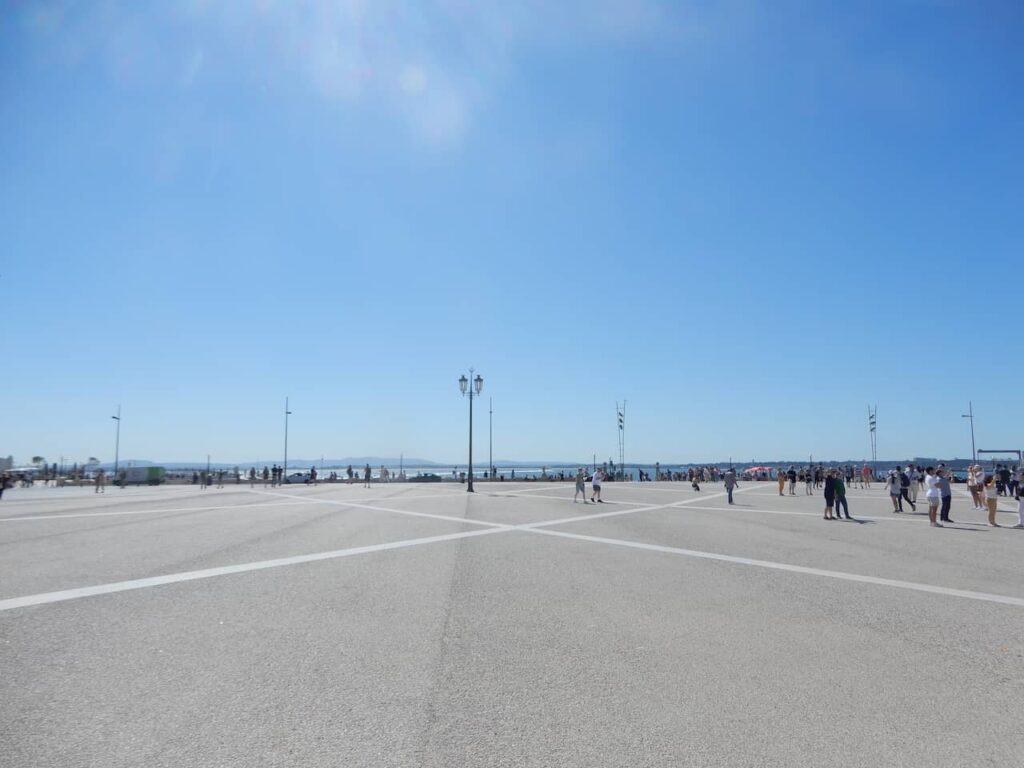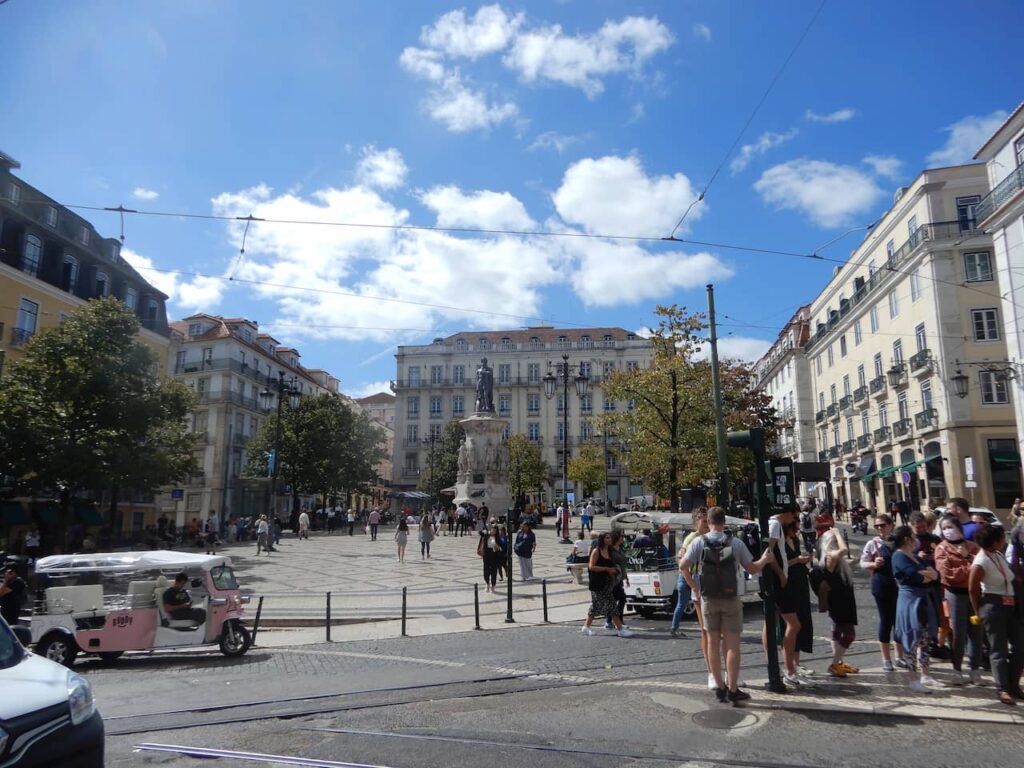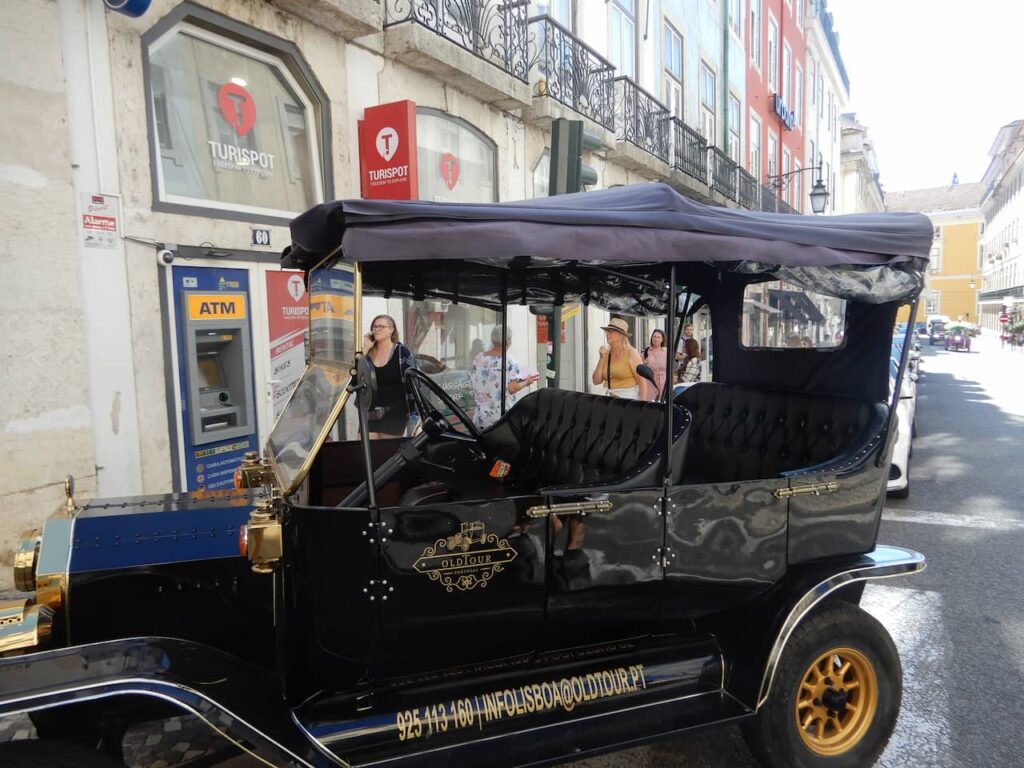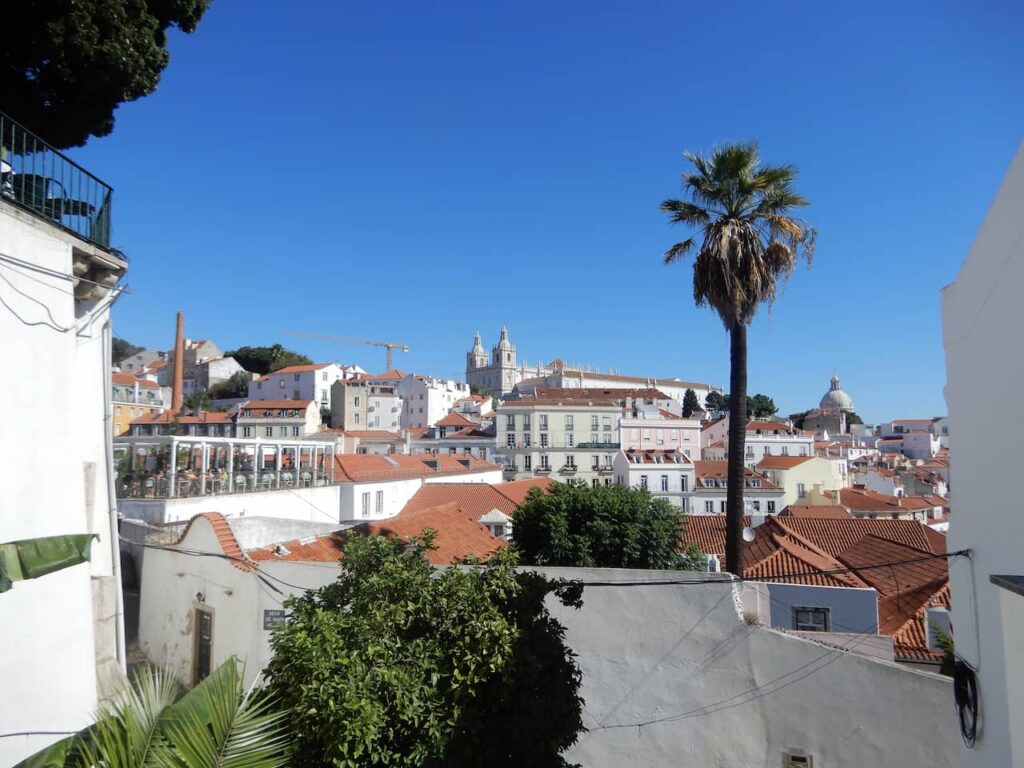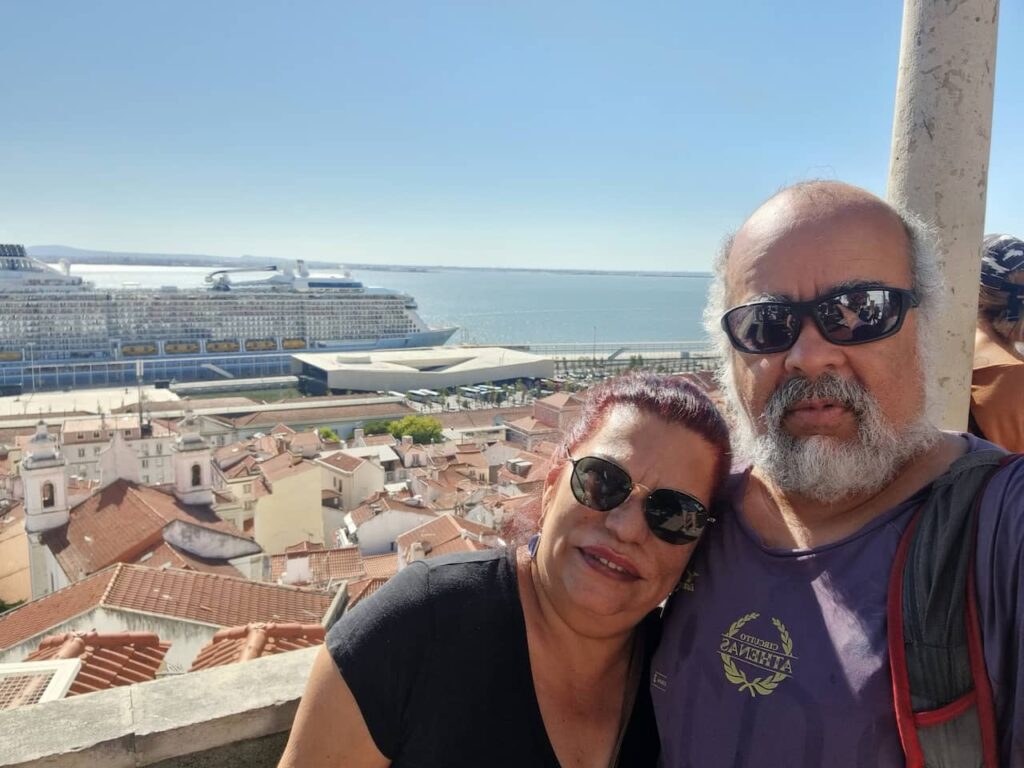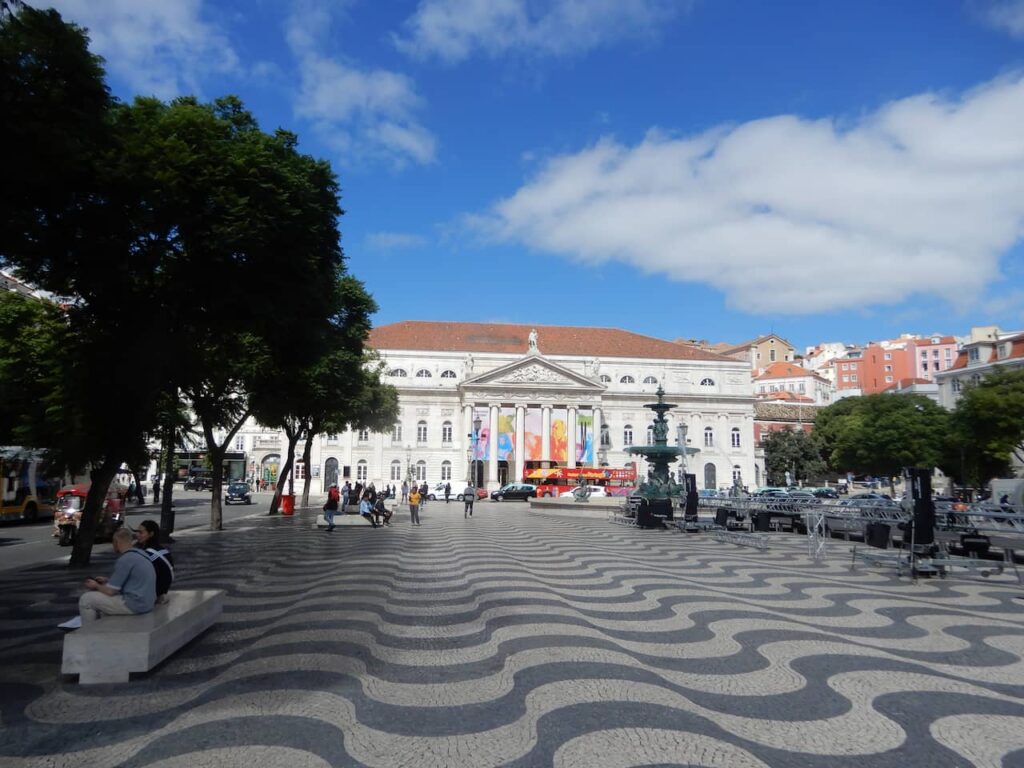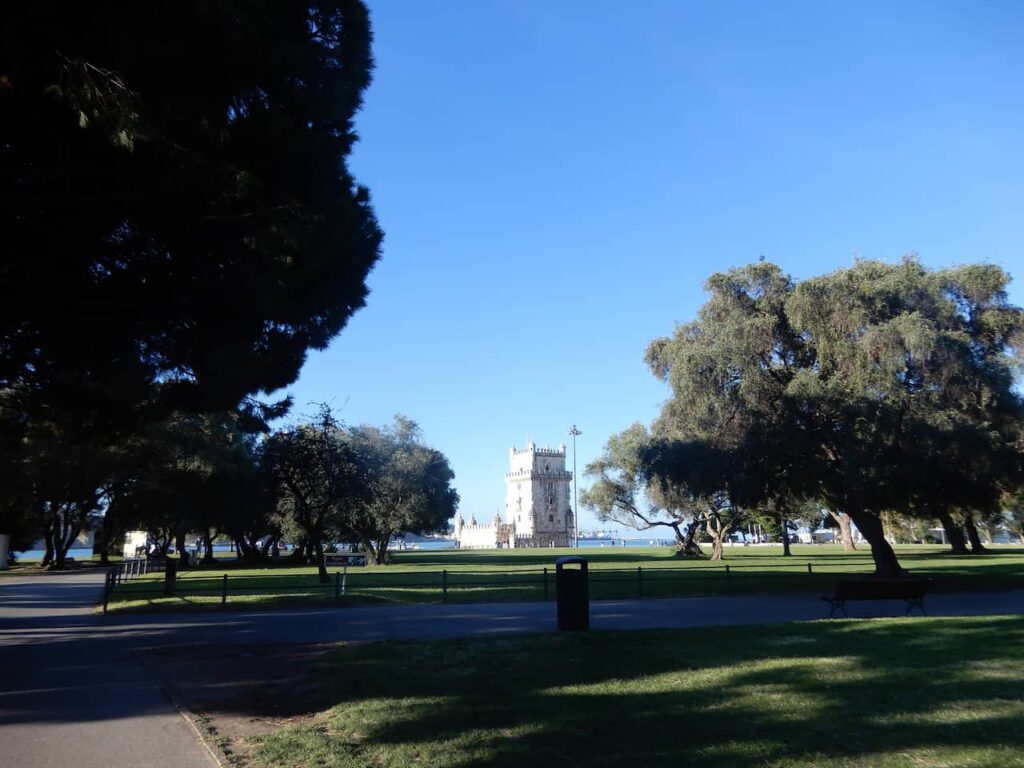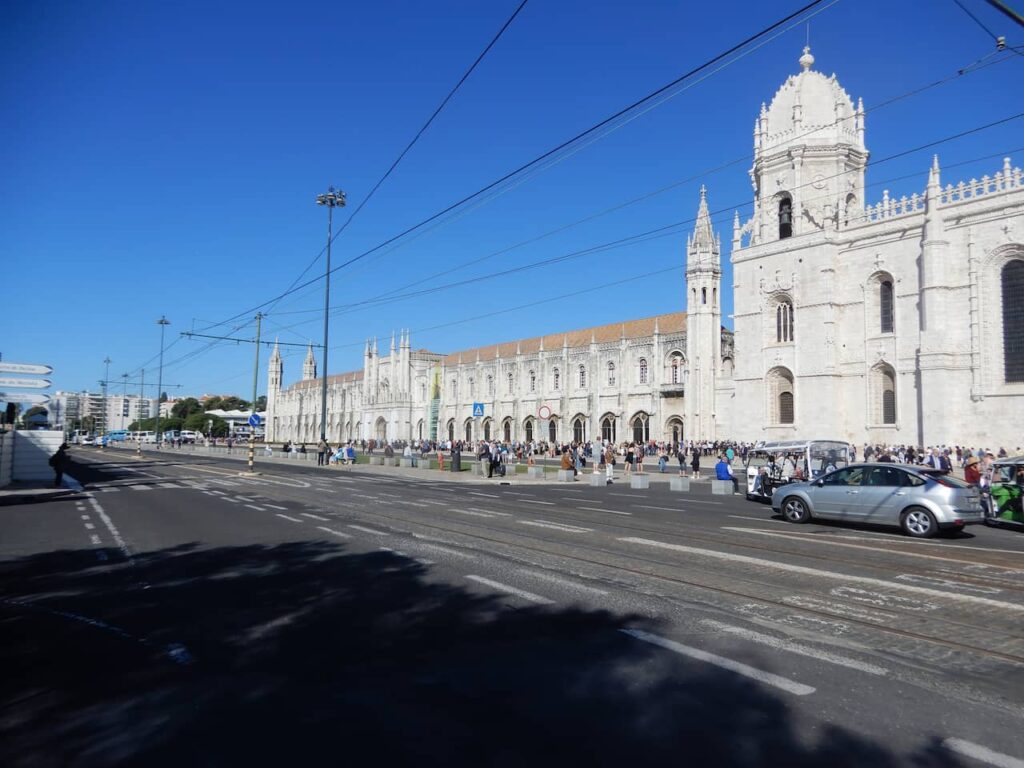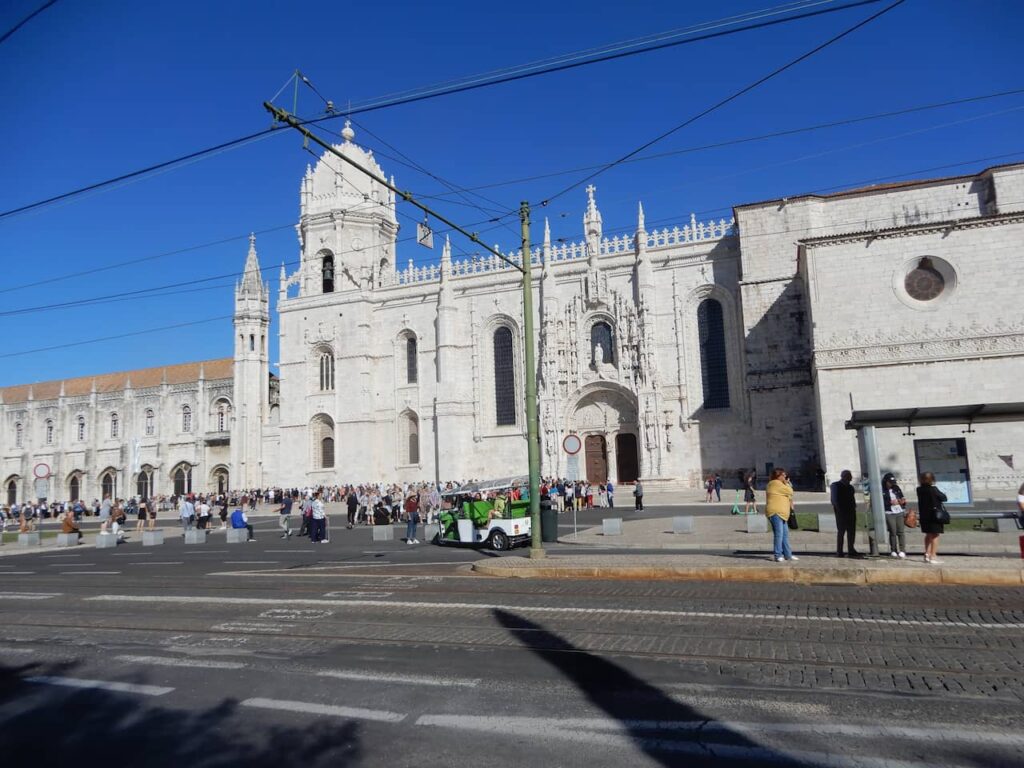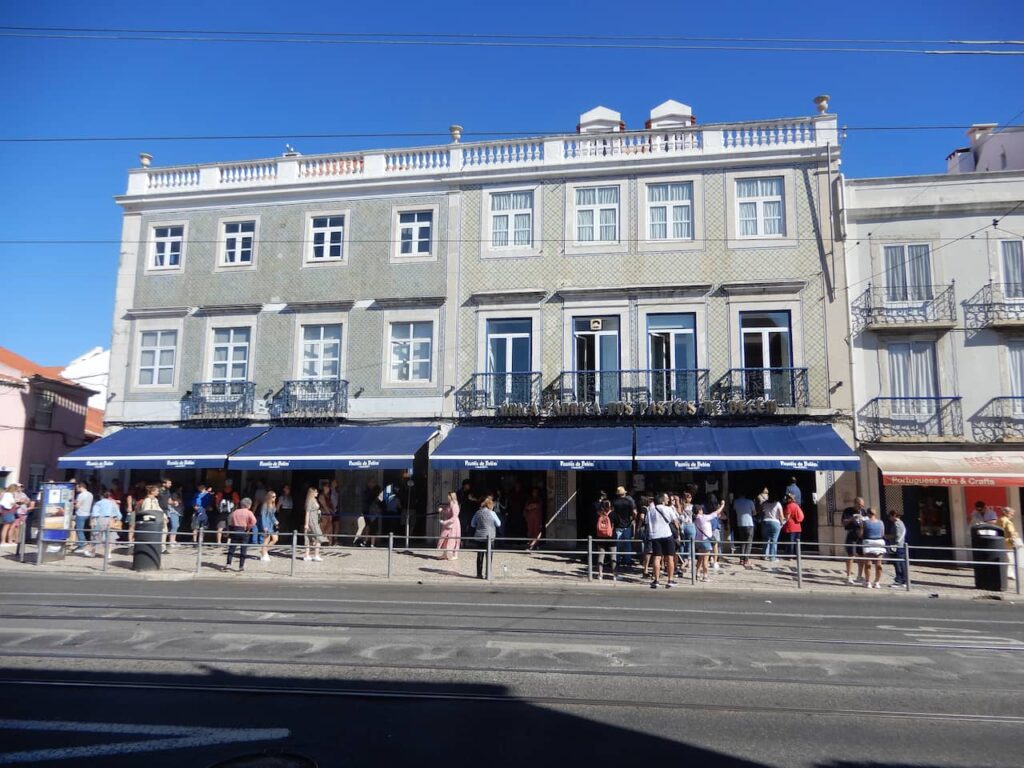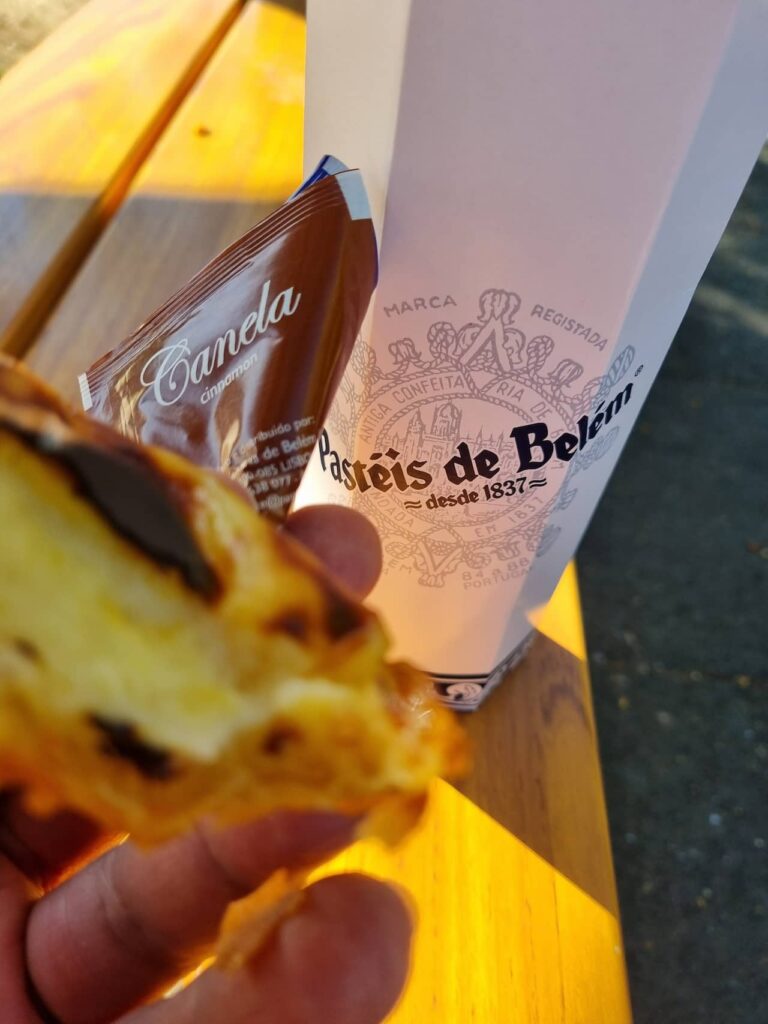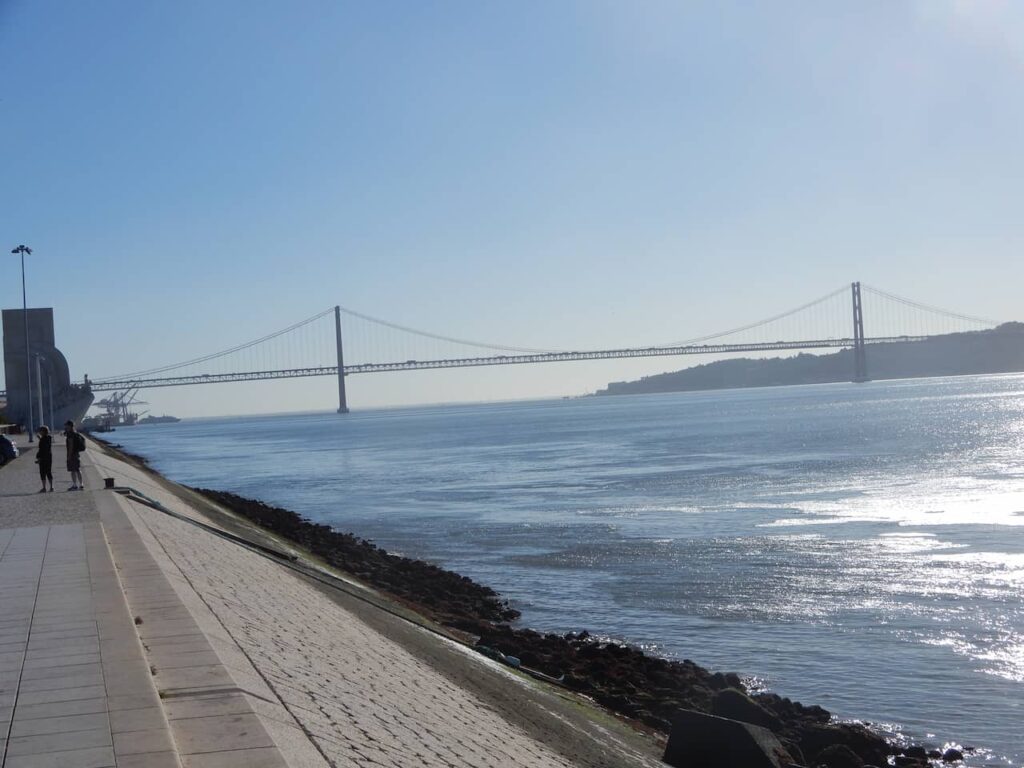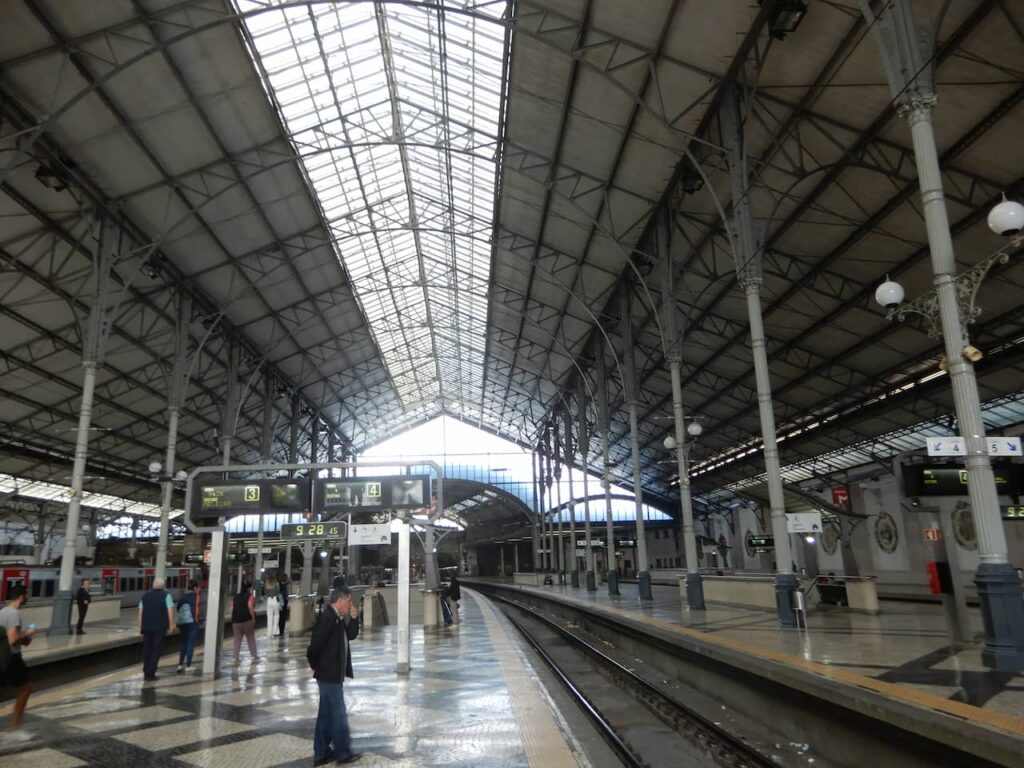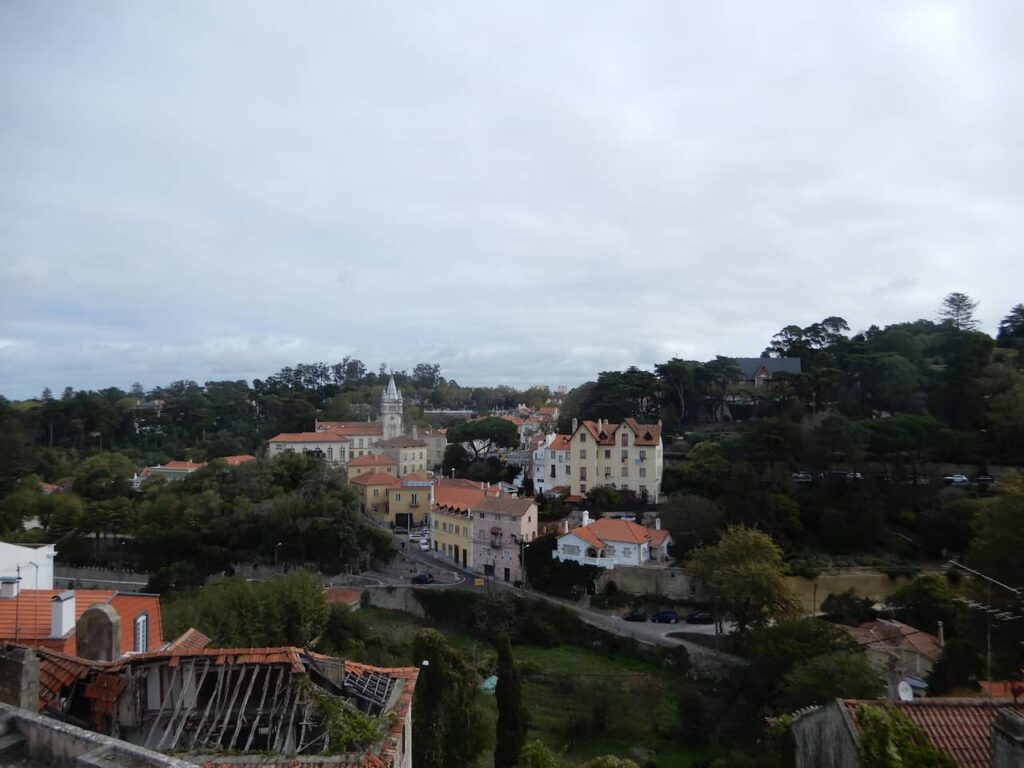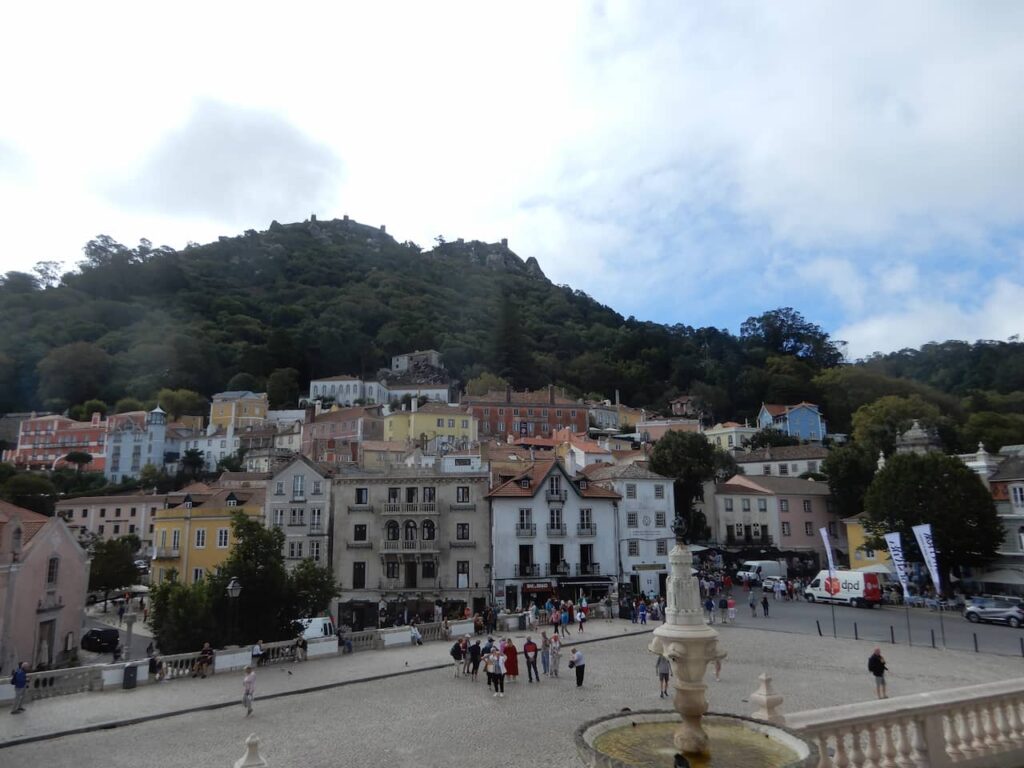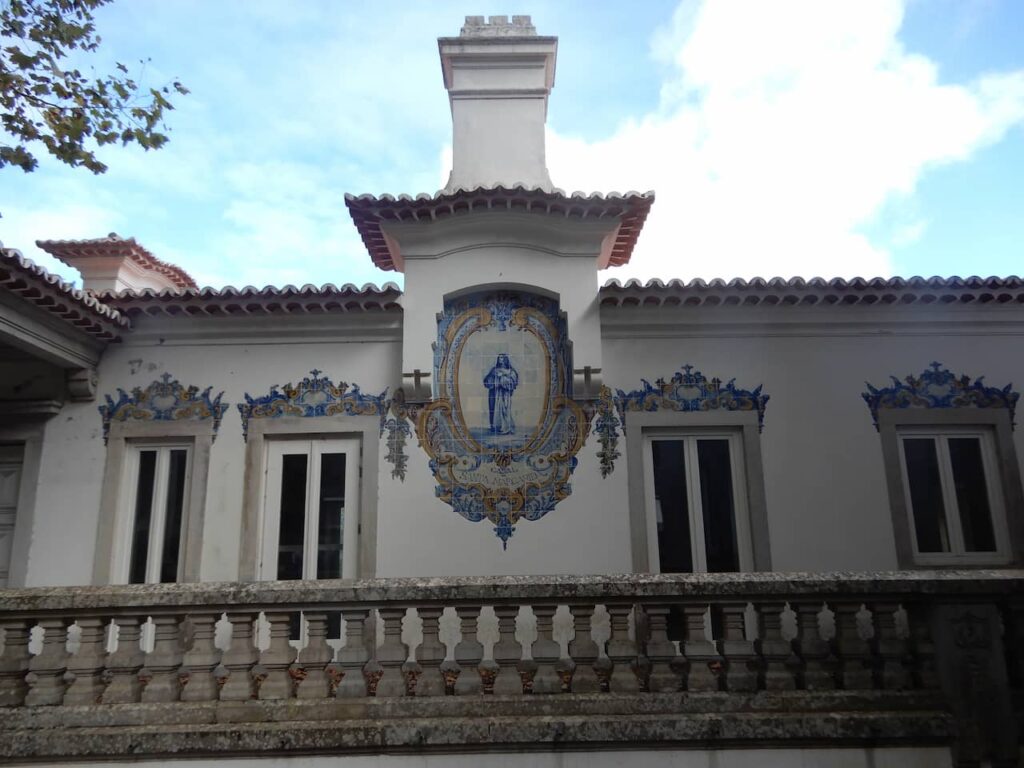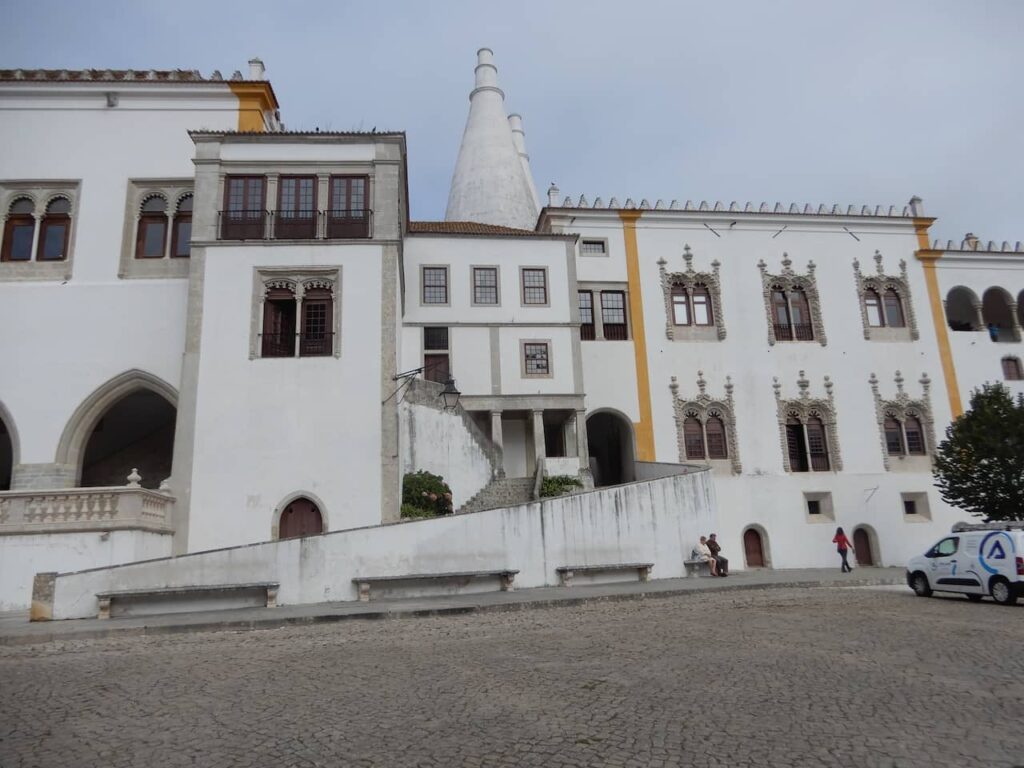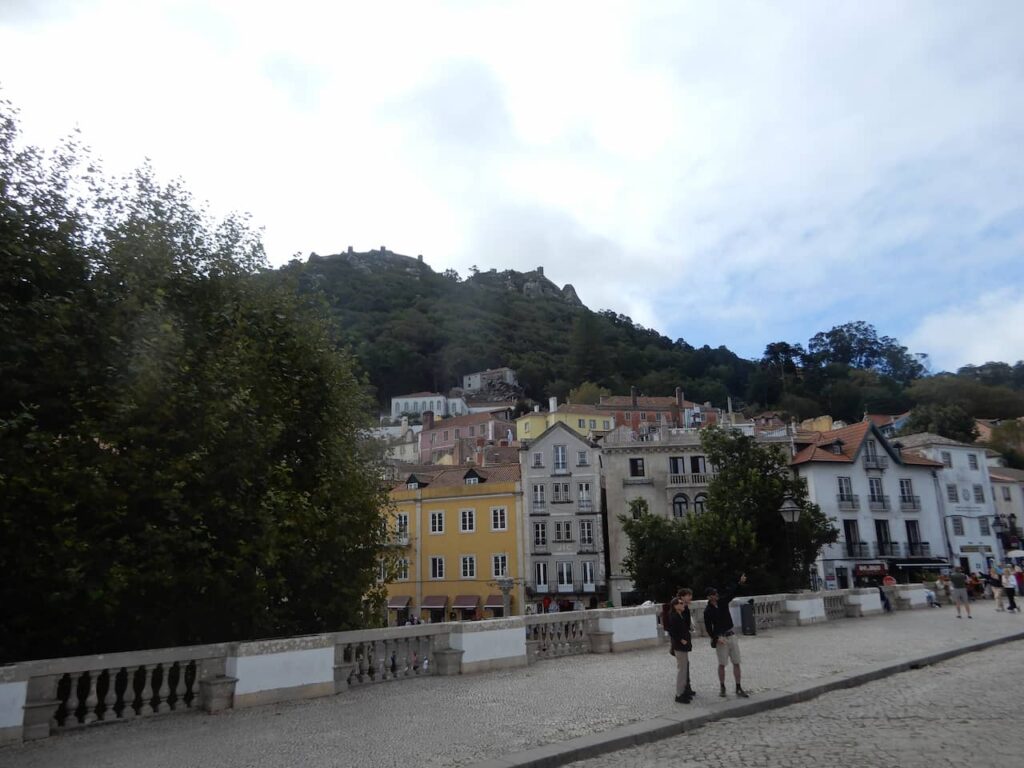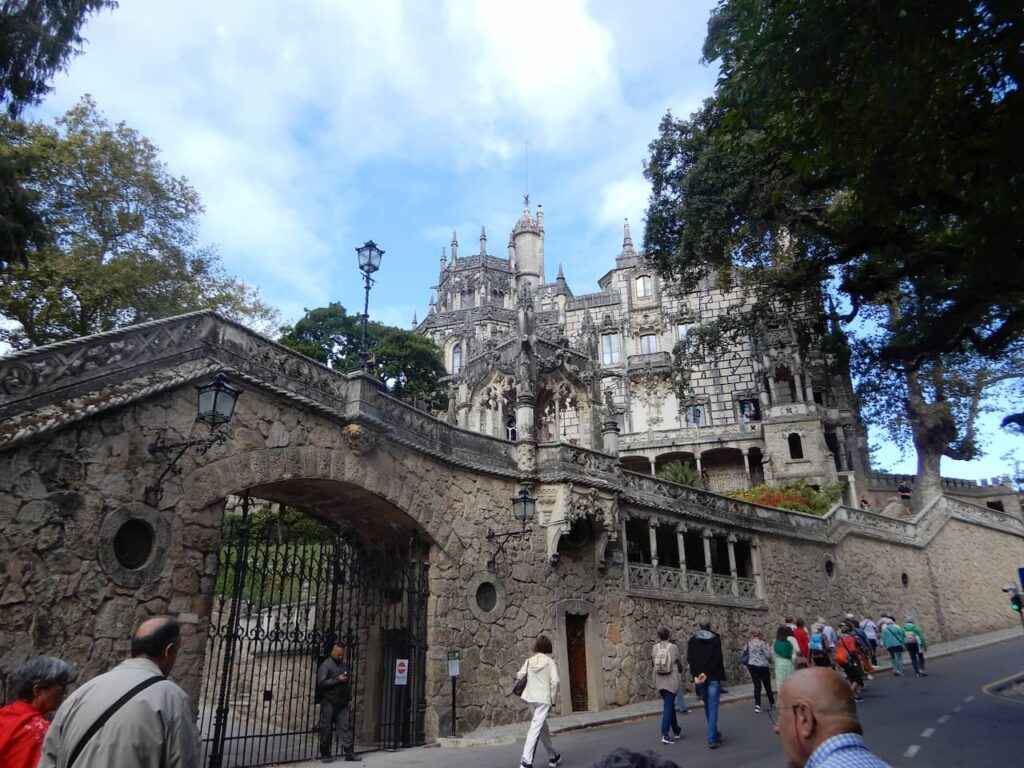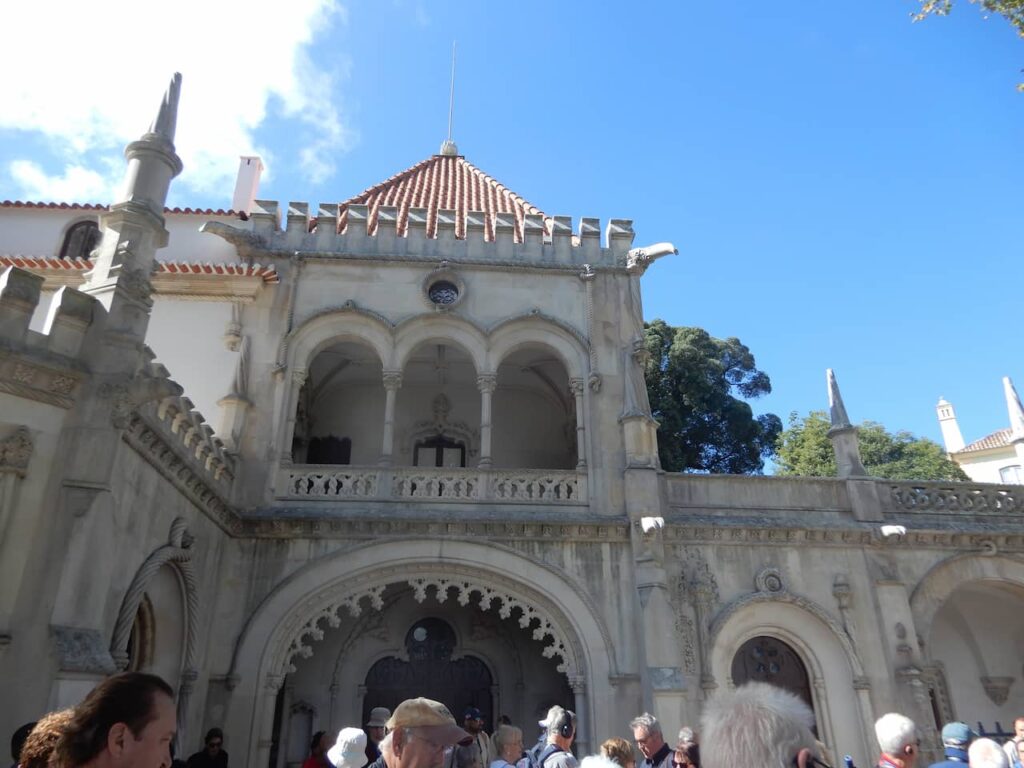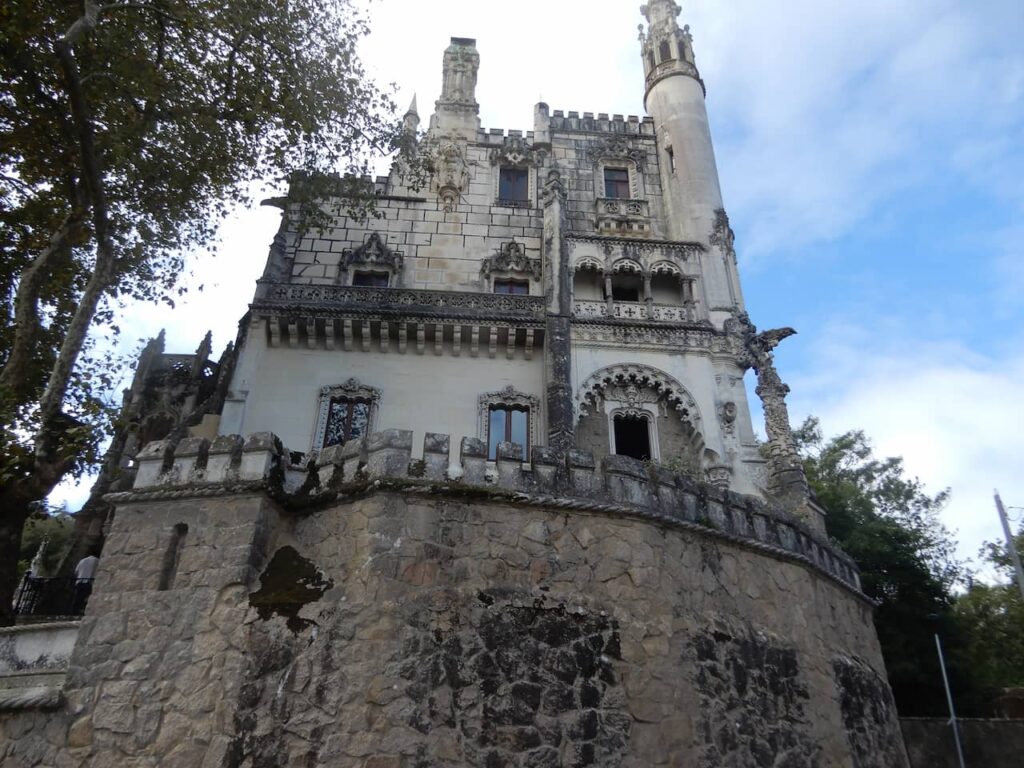Portugual

Lisbon
Lisbon is a city full of history, culture and charm. With its seven hills and incredible viewpoints, it offers stunning views of the Tagus River. The historic center, with neighborhoods such as Alfama and Bairro Alto, combines narrow streets, colorful tiles and the sound of fado echoing around the corners.
The gastronomy is a highlight, with pastéis de nata, cod and fresh seafood. Tram 28 takes you to some of the most picturesque spots, such as the Lisbon Cathedral and São Jorge Castle.
At night, Cais do Sodré and Bairro Alto come alive with lively bars and live music. For those looking for modernity, Parque das Nações offers contemporary architecture and cultural spaces.
Lisbon balances tradition and innovation, exploring the essence of Portugal with a pleasant climate and warm hospitality.
I chose a very central location so that I could do all the tours on foot.
We stayed in Baixo Chiado, very central and with many restaurants and everything you need.
I chose a very central place to be able to do all the tours on foot.
We stayed in Baixo Chiado, very centralized and with many restaurants and everything you need
Belem
Being in Lisbon, I couldn’t miss going to Belem to see the Belém tower and especially the pastel de Belem.
The Portuguese have the issue that the pastel de Belem can only be made at the Fabric Pastéis de Belem.
I understand, but the nata pastel is very good anywhere, and I’ve eaten some that can be considered better than the ones made in Belem.
But since we’re here, we went to the original pastel factory. See the traditional factory here.
Official history of pastéis de Belem.
At the beginning of the 19th century, in Belem, next to the Jerónimos Monastery, there was a sugar cane refining operation associated with a small place of varied trade.
As a result of the Liberal Revolution that took place in 1820, expelling the clergy and workers.
In an attempt to survive, someone from the Monastery sells some sweet pastries, quickly called “Pastéis de Belém”.
At the time, the Belem area was far from the city of Lisbon and the route was provided by steamboats.
However, the majesty of the Jerónimos Monastery and the Belém Tower attracted visitors who quickly got used to tasting the delicious pastries from the Monastery.
In 1837, the manufacture of “Pastéis de Belém” begins, in facilities attached to refining.
According to the old “secret recipe”, originating from the Monastery.
Transmitted and exclusively known by the master pastry chefs who make them by hand, in the “Oficina do Segredo”. This recipe remains the same to this day.
In fact, the only true “Pastéis de Belém” factory manages, through a careful choice of ingredients, to provide today the taste of the ancient Portuguese confectionery.
Sintra
We went to visit sintra
Sintra is a historic and charming village with a mountain feel and is just 40 minutes by train from Lisbon.
The little town is full of castles, palaces, and bucolic air.
Its location in a mountain region and at the tip of Cabo da Roca, firstly, was privileged in the protection of the region, later it served to attract the Portuguese nobility from the 19th century onwards.
The castles are quite unique both in construction and many colors.
The main ones are the Pena Palace and the Moorish Castle.
It would be compared to our trip to Campos dos Jordão.
We passed through the city in the morning and took the metro and went to the airport.
It’s time to go home.


